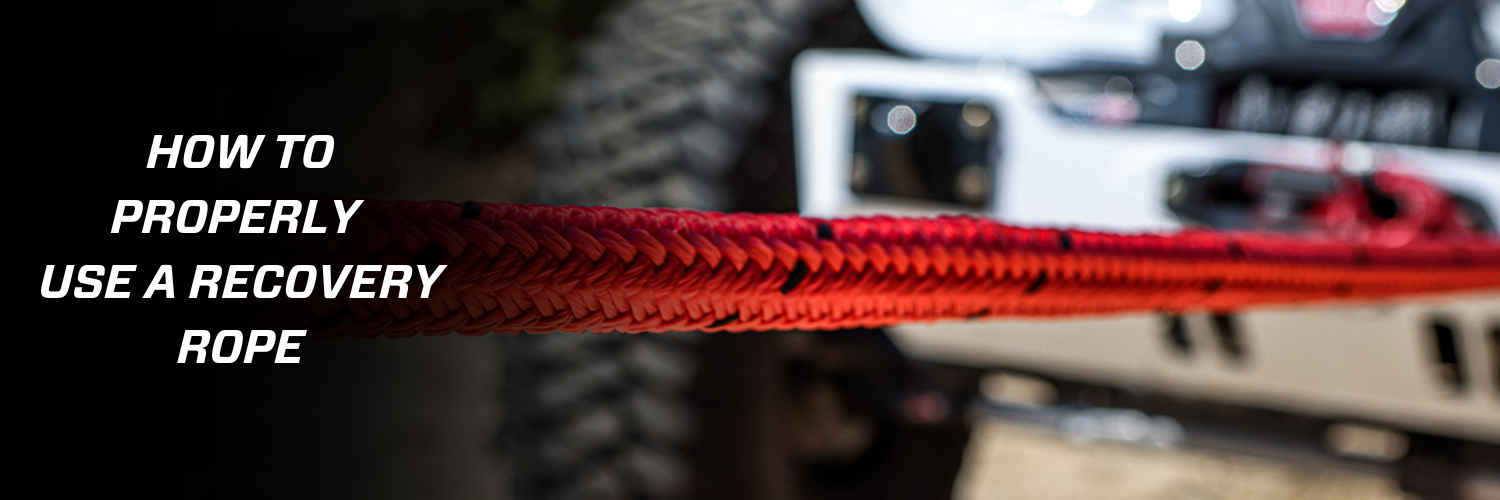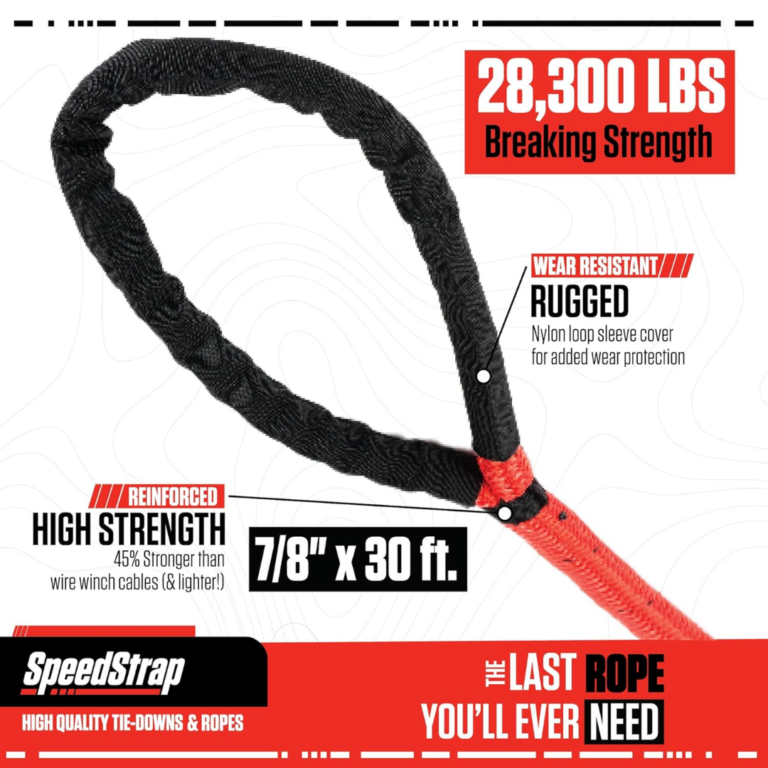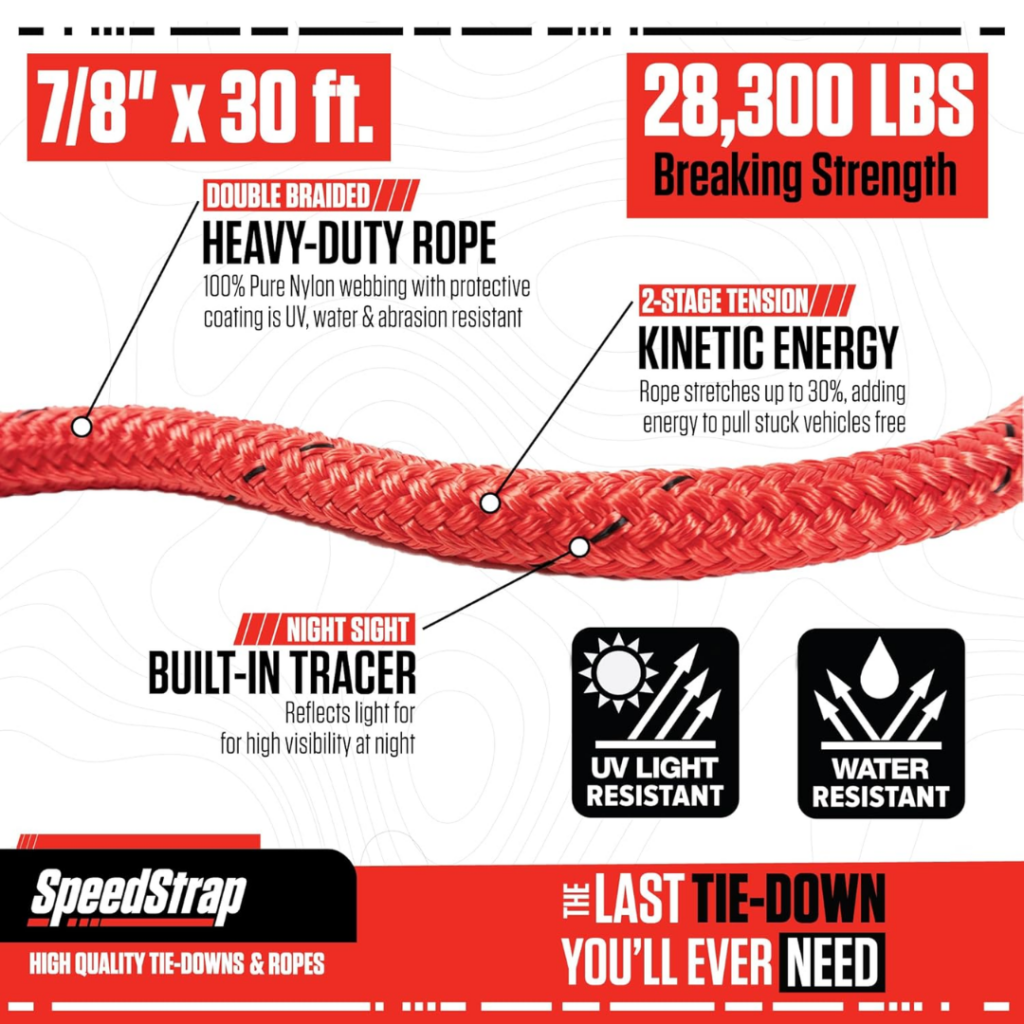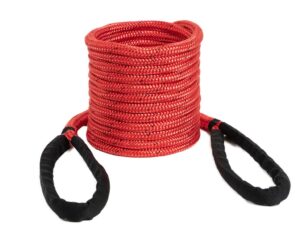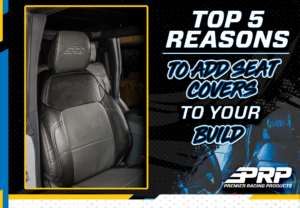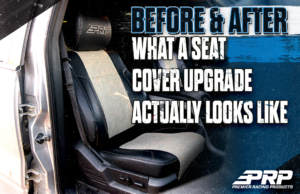

- Seats
- UTV
-
-
-
UTV Seats
Add more comfort and containment to your UTV
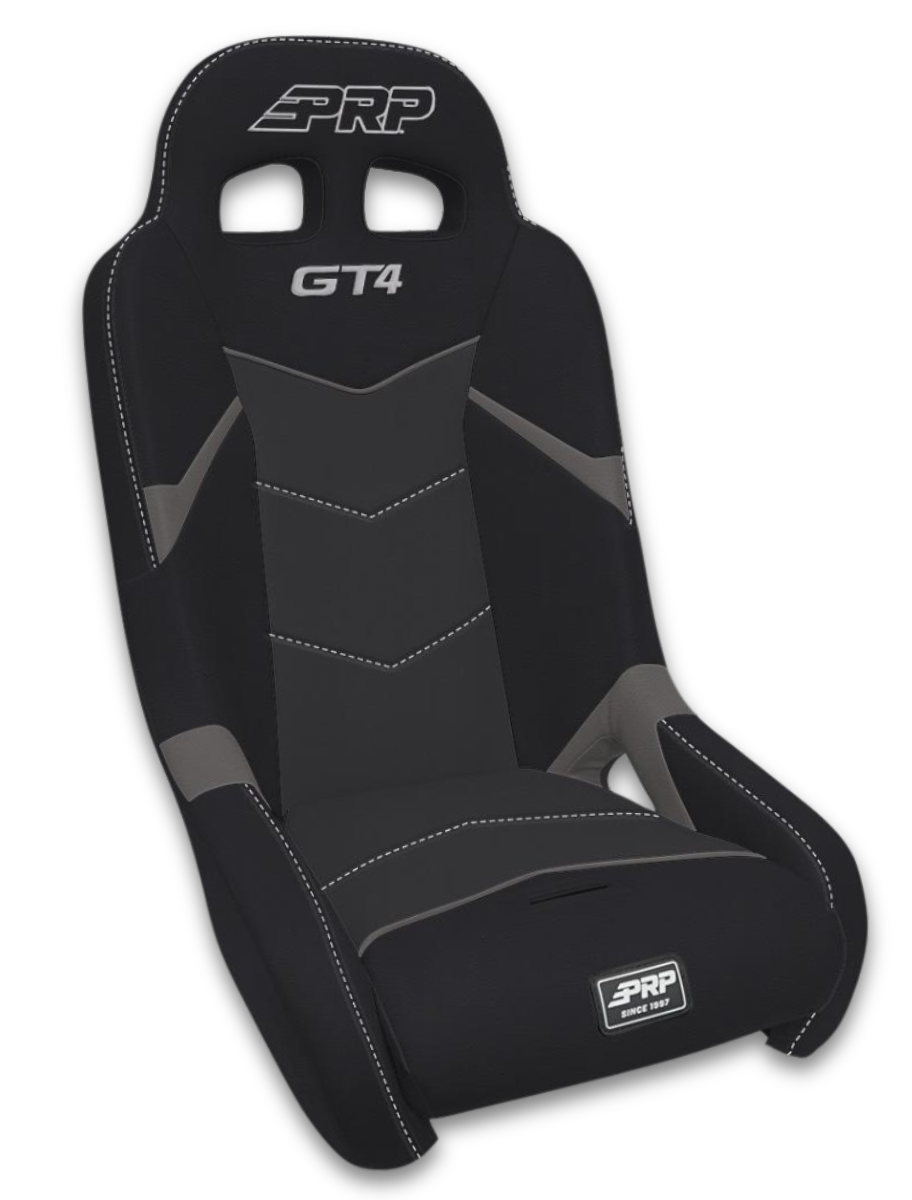 Features & Benefits
Features & Benefits-
Medium Containment: Stay secure in your seat with raised side bolsters that can handle any style of driving
-
Removable Seat Cushion: Easy to clean and allows mud, water, and sand to drain through the bottom of the seat
-
Relieve Back Pain: Built in lumbar support foam for ample comfort for the fun times ahead
-
Drive Harder, Faster, & Safer: Drive with confidence that you’ll stay in your seat no matter what life throws at you.
-
-
UTV Benches
Add room for three on a bench
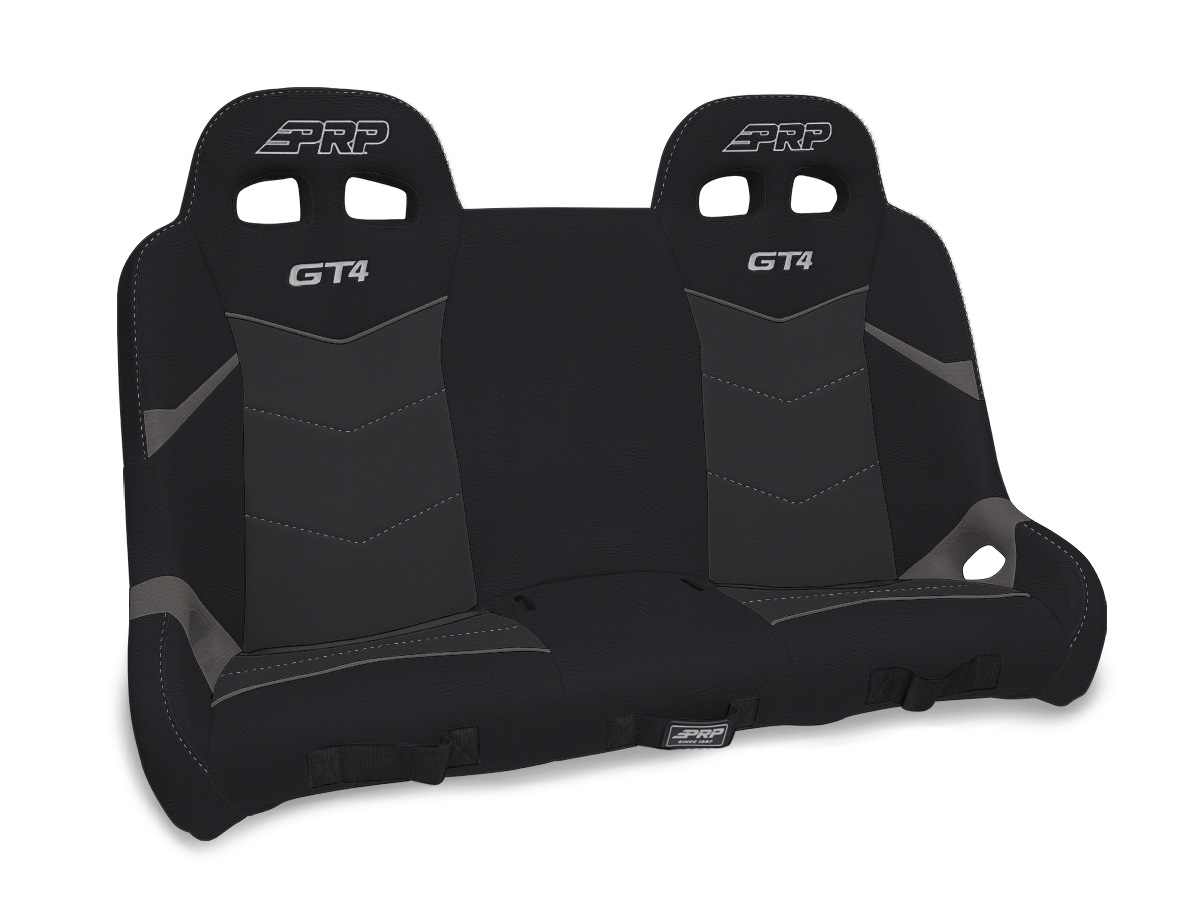 Features & Benefits
Features & Benefits-
Medium Containment: Stay secure in your seat with raised side bolsters that can handle any style of driving
-
Room For Three: Easily fit three people in the back of your UTV
-
Relieve Back Pain: Built in lumbar support foam for ample comfort for the fun times ahead
-
Drive Harder, Faster, & Safer: Drive with confidence that you’ll stay in your seat no matter what life throws at you.
-
-
Foldable Rear UTV Seats
Keep Cargo Room Within Your UTV
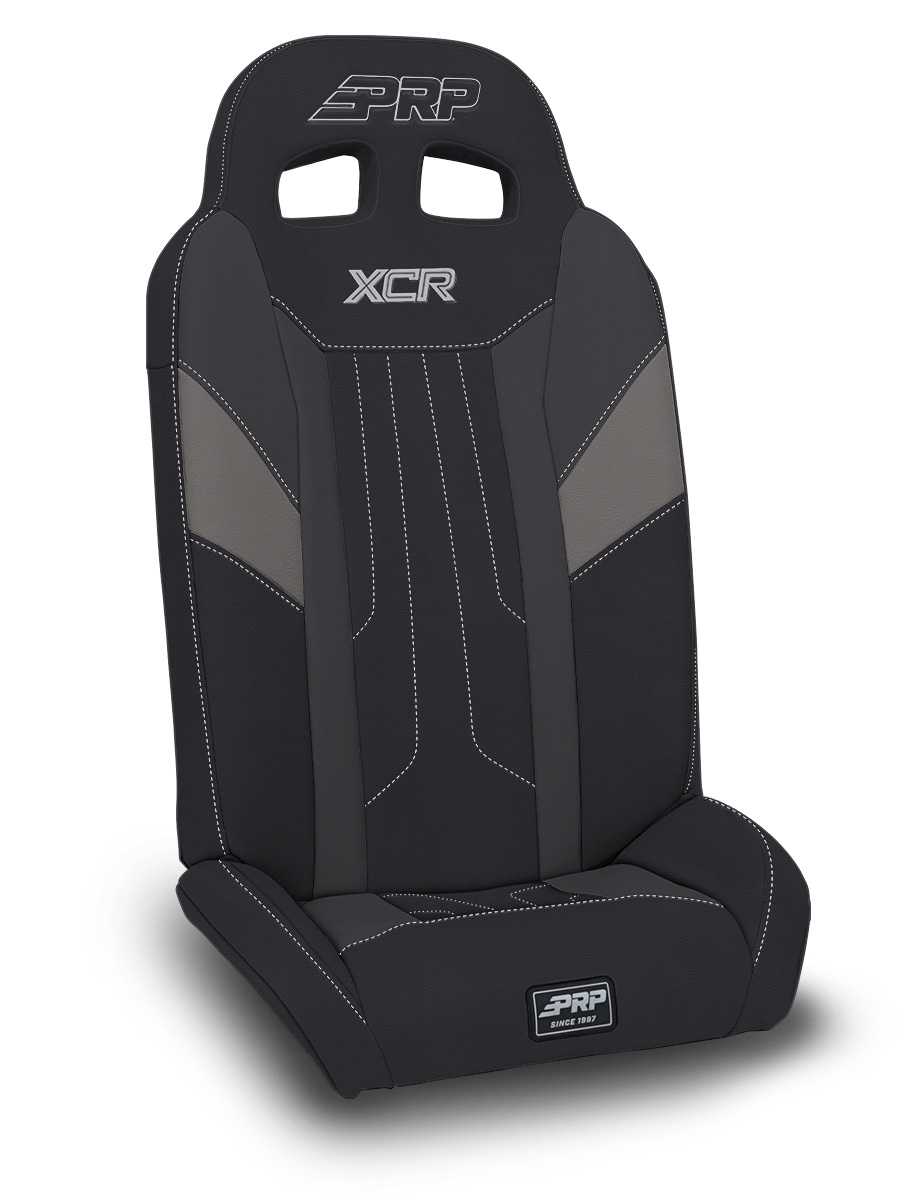 Features & Benefits
Features & Benefits-
Low Side Bolsters: Get in and out of your UTV with ease
-
Fold-Flat: Easily fold the bottom cushion forward and remove the top portion of the seat from the OEM latch behind the headrest
-
Ride On The Trails Longer: Experience less body fatigue on long rides with integrated suspension within the seat
-
Drive Harder, Faster, & Safer: Drive with confidence that you’ll stay in your seat no matter what life throws at you.
-
-
Mounts & Adapters
Adapt Your PRP Seat To Your UTV
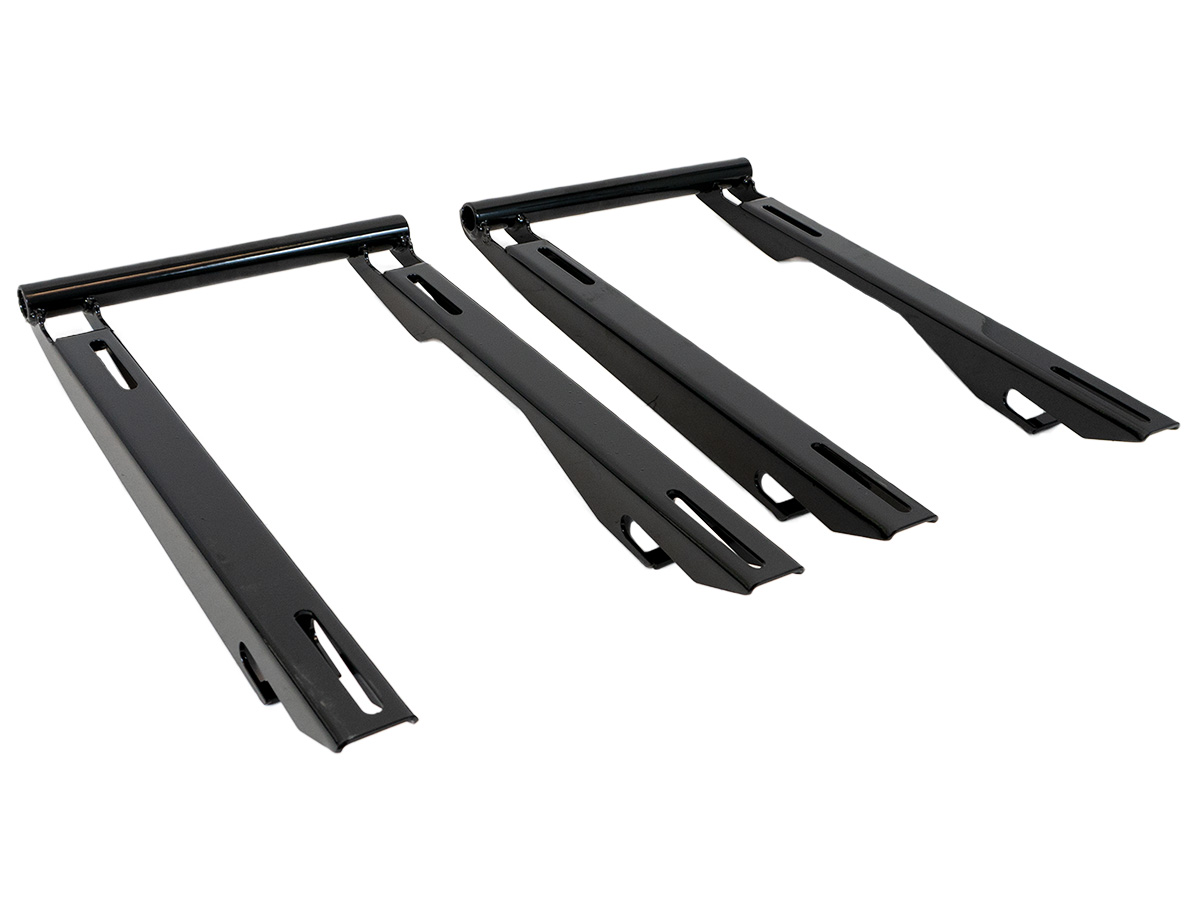 Features & Benefits
Features & Benefits-
Onyx-Coateds: Powder-coated onyx-black to prevent deterioration from the elements
-
EZ-Install: Our mounts either align to the OEM trolley system or are full replacements and line up with ease
-
Guaranteed Fit: Expertly designed to fit your vehicle application
-
-
All Custom UTV Seats
Customize Your Seats, Your Way!
 Features & Benefits
Features & Benefits-
Unique Styling: PRP’s most aggressive looking seat for those who want their UTV to stand out
-
Flex-Foam Cushion: New 3-layer gel infused cushion that has cooling properties to elevate your comfort level out on the trails
-
Ride On The Trails Longer: Experience less body fatigue on long rides with integrated suspension within the seat
-
Drive Harder, Faster, & Safer: Drive with confidence that you’ll stay in your seat no matter what life throws at you.
-
-
Ready To Ship UTV Seats
Ships within 48 hours
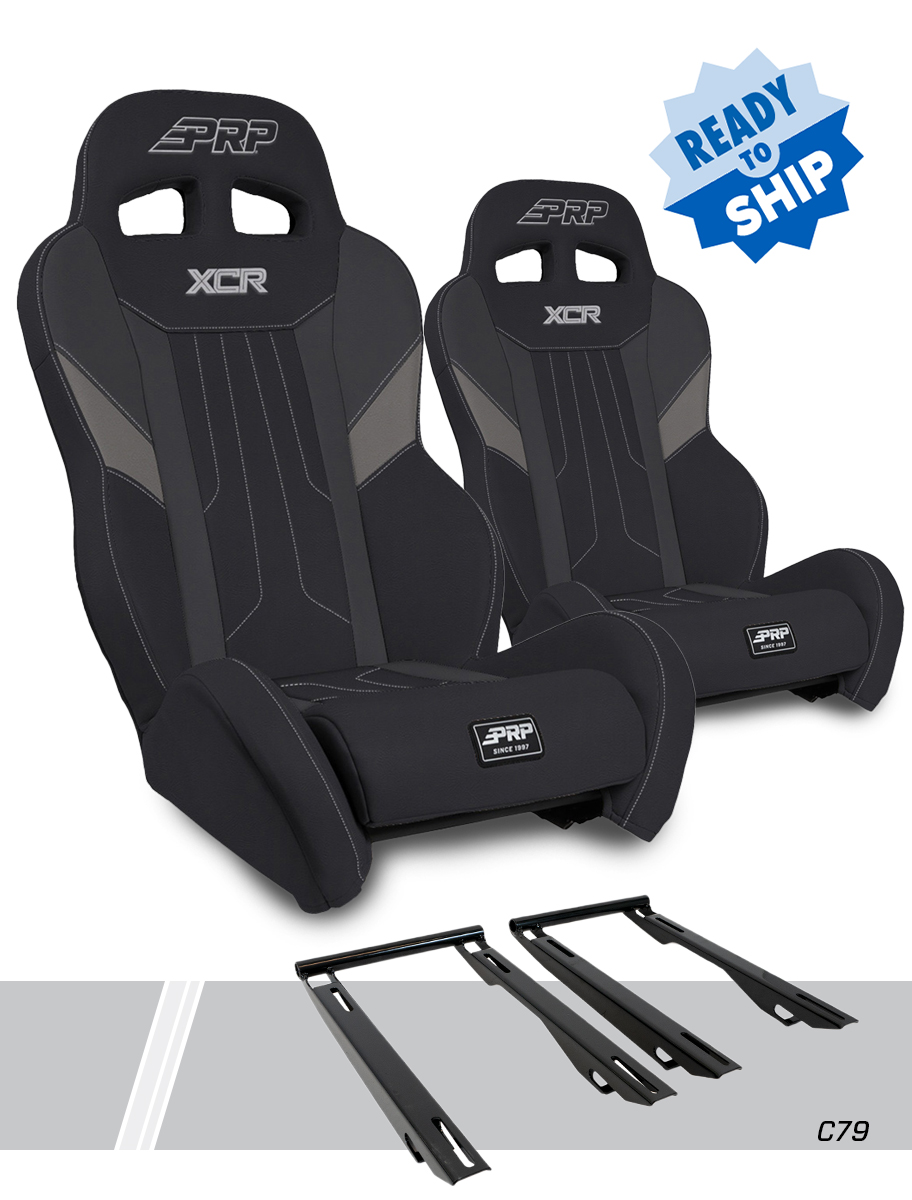 Features & Benefits
Features & Benefits-
Low Side Bolsters: Get in and out of your UTV with ease
-
Flex Foam Cushion: New 3-layer gel infused cushion that has cooling properties to elevate your comfort level out on the trails
-
Ride On The Trails Longer: Experience less body fatigue on long rides with integrated suspension within the seat
-
Drive Harder, Faster, & Safer: Drive with confidence that you’ll stay in your seat no matter what life throws at you.
-
-
-
- Reclining
-
-
-
Enduro Reclining Seats
Comfort Meets Performance
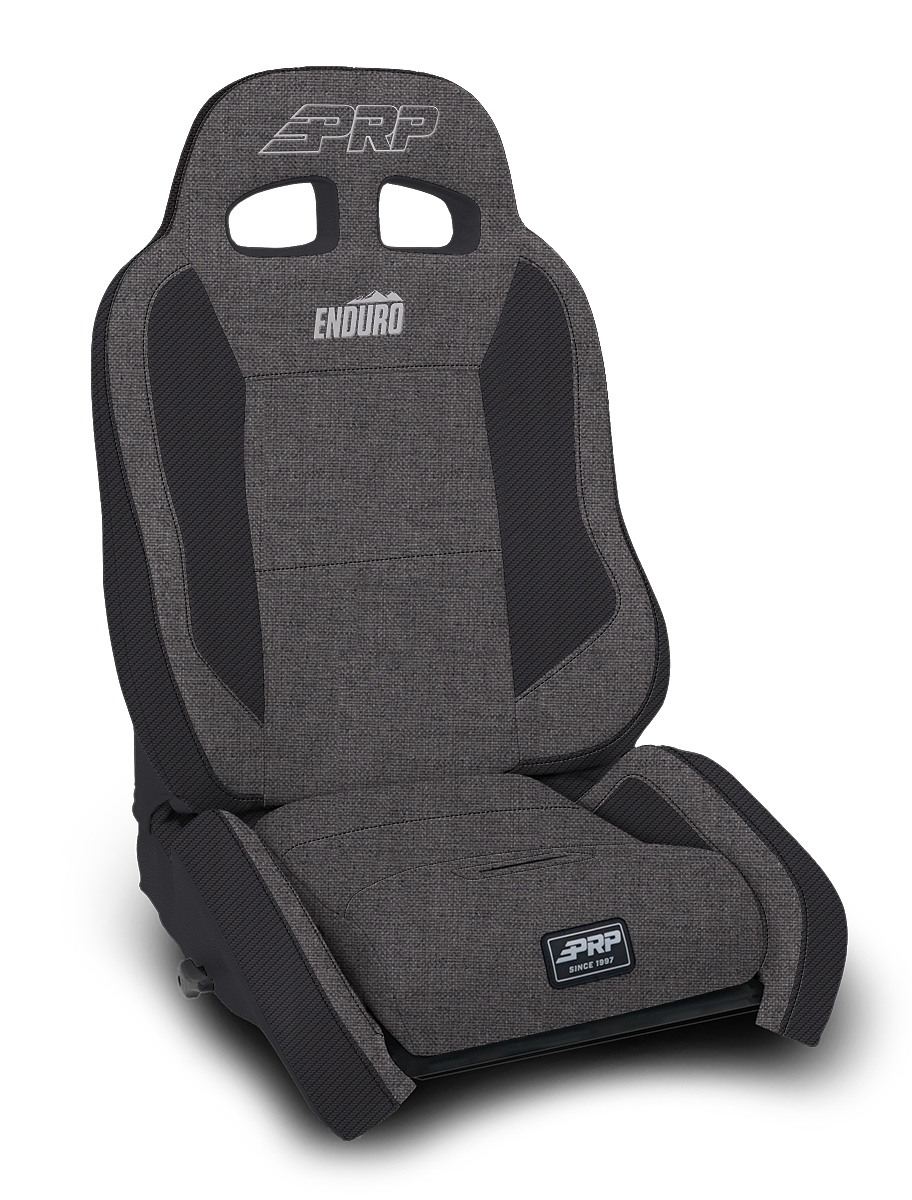 Features & Benefits
Features & Benefits-
Max Containment: Upper torso containment top section & lower leg containment bottom section for maximum security while crawling
-
Flex-Foam Cushion: New 3-layer gel infused cushion that has cooling properties to elevate your comfort level out on the trails
-
Ride On The Trails Longer: Experience less body fatigue on long rides with integrated suspension within the seat
-
Full Recline: Enduro Series fully recline back and 3/4 the way forward for easy access to rear storage or passenger areas
-
-
Mounts & Adapters
Adapt Your PRP Seat To Your Vehicle
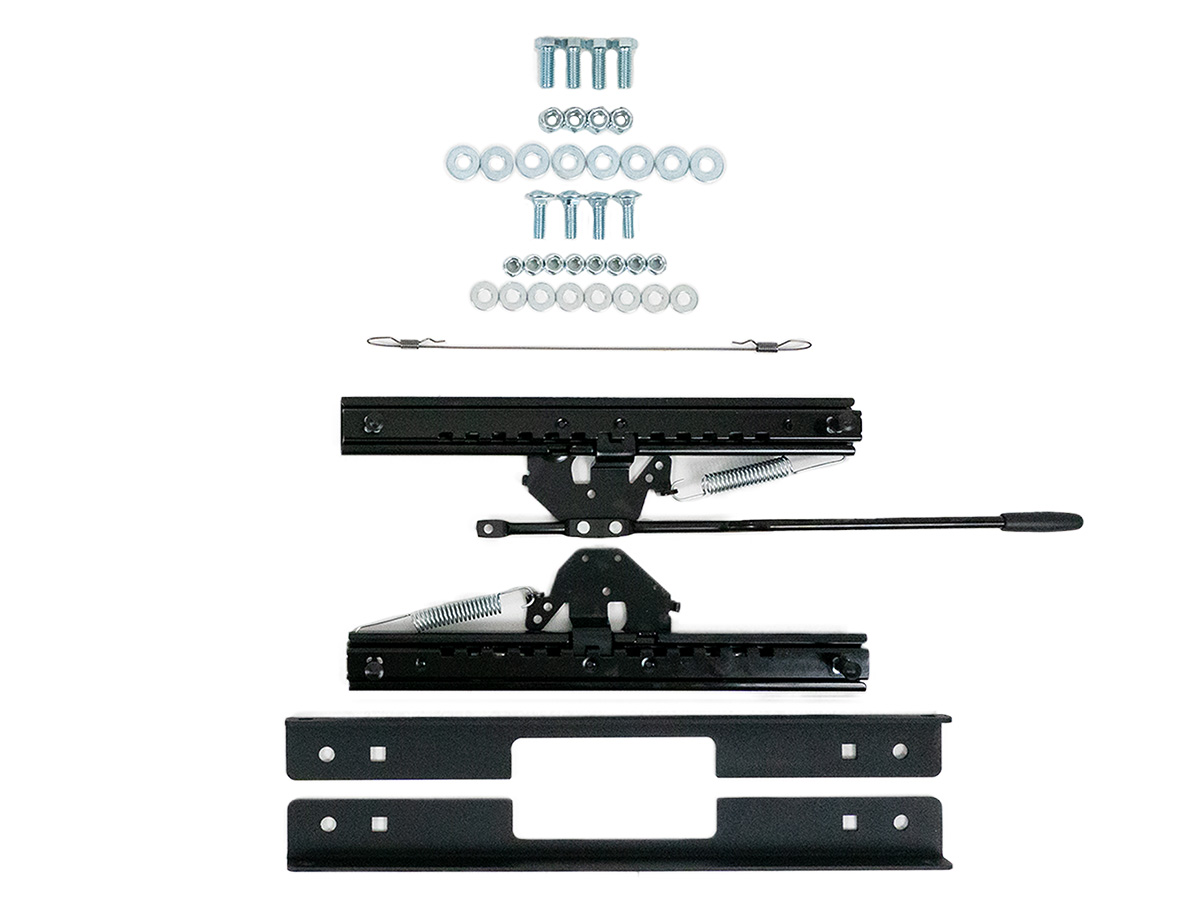 Features & Benefits
Features & Benefits-
Onyx-Coateds: Powder-coated onyx-black to prevent deterioration from the elements
-
EZ-Install: Our mounts either align to the OEM trolley system or are full replacements and line up with ease
-
Guaranteed Fit: Expertly designed to fit your vehicle application
-
-
Custom Reclining Seats
Customize Your Seats, Your Way!
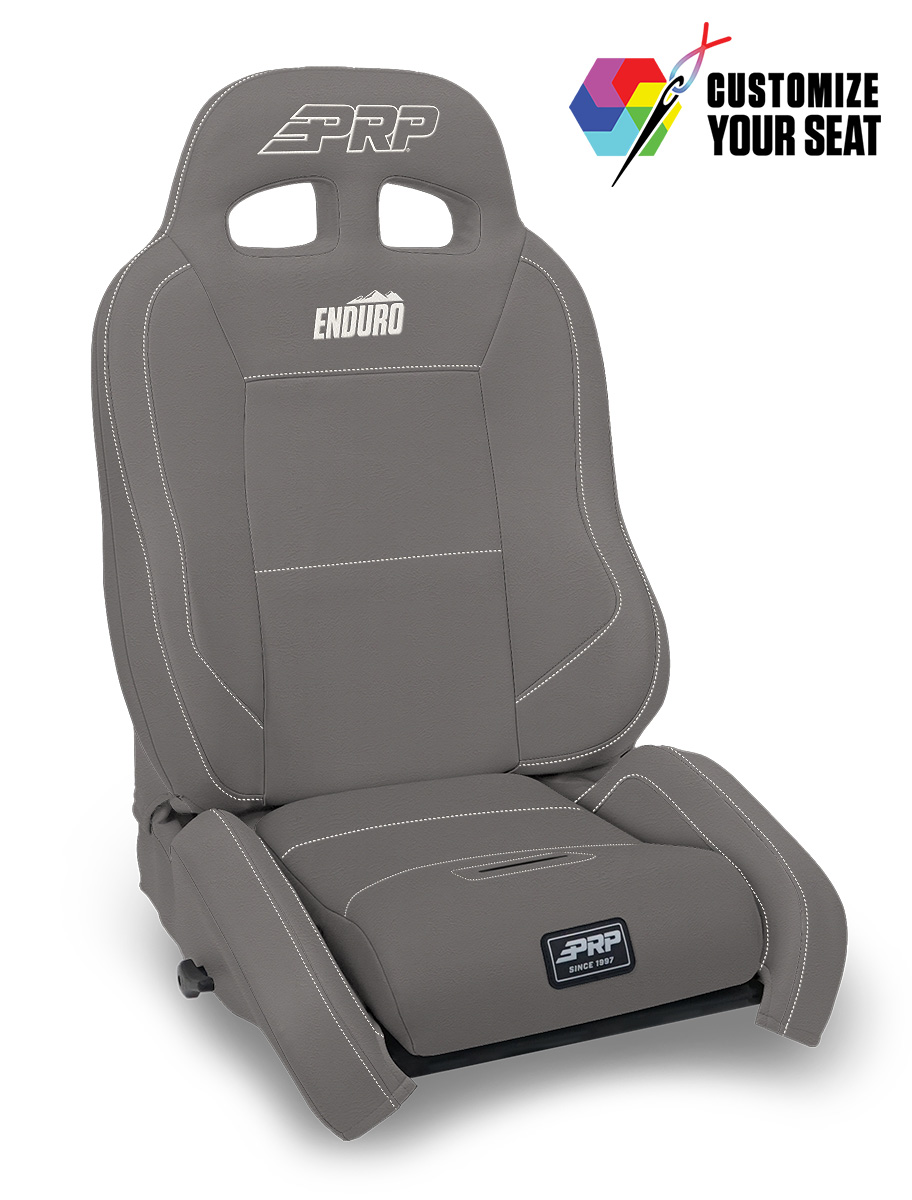 Features & Benefits
Features & Benefits-
Max Containment: Upper torso containment top section & lower leg containment bottom section for maximum security while crawling
-
Flex-Foam Cushion: New 3-layer gel infused cushion that has cooling properties to elevate your comfort level out on the trails
-
Ride On The Trails Longer: Experience less body fatigue on long rides with integrated suspension within the seat
-
Full Recline: Enduro Series fully recline back and 3/4 the way forward for easy access to rear storage or passenger areas
-
-
Enduro Reclining Seats
Comfort Meets Performance
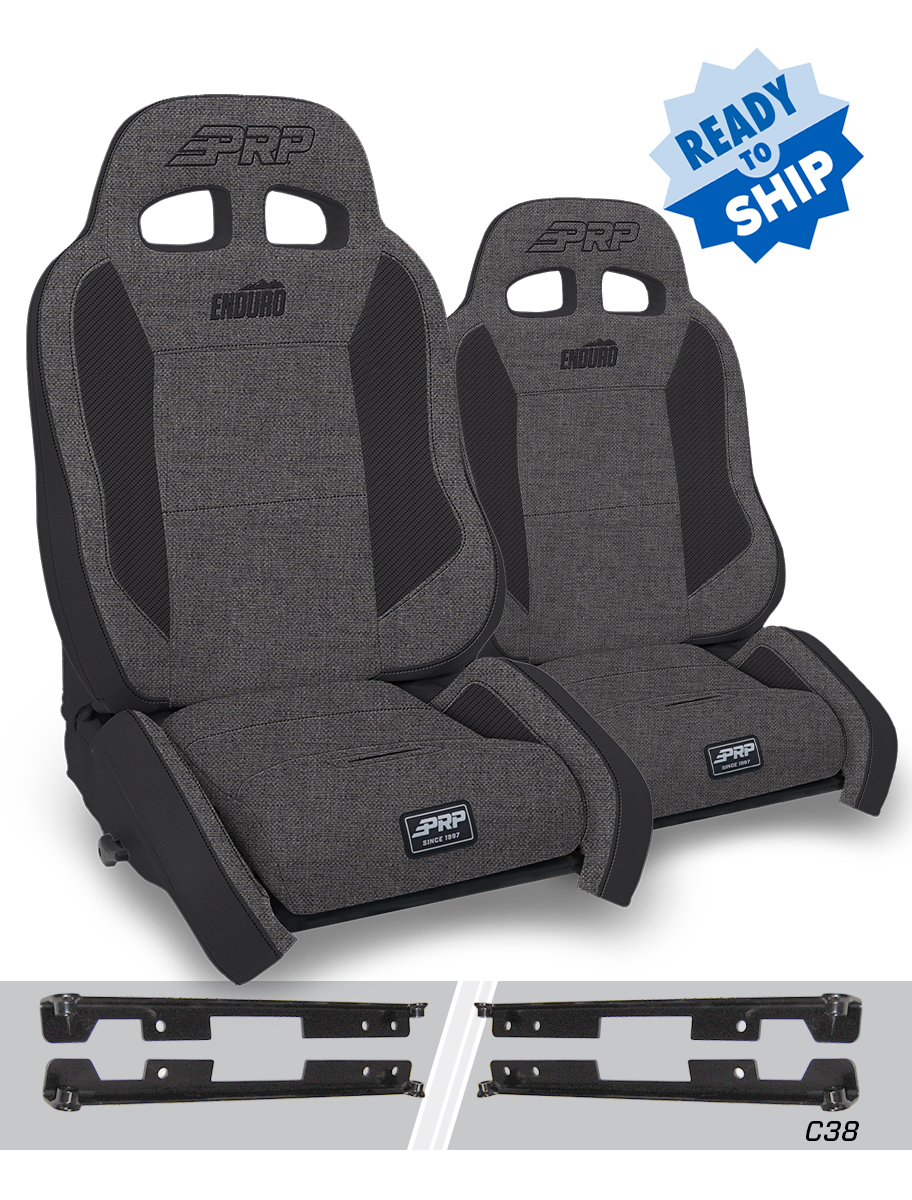 Features & Benefits
Features & Benefits-
Max Containment: Upper torso containment top section & lower leg containment bottom section for maximum security while crawling
-
Flex-Foam Cushion: New 3-layer gel infused cushion that has cooling properties to elevate your comfort level out on the trails
-
Ride On The Trails Longer: Experience less body fatigue on long rides with integrated suspension within the seat
-
Full Recline: Enduro Series fully recline back and 3/4 the way forward for easy access to rear storage or passenger areas
-
-
-
-
- Fixed Back
-
-
-
Daily Driver Series
The Perfect Seat That Can Be Used Everywhere
 Features & Benefits
Features & Benefits-
Low Side Bolsters: Get in and out of your vehicle with ease
-
Angled Headrest: Forward angled headrest for better head support for daily driving
-
Relieve Back Pain: Built in lumbar support foam for ample comfort for the fun times ahead
-
Drive Harder, Faster, & Safer: Drive with confidence that you’ll stay in your seat no matter what life throws at you.
-
-
Roadster Series
Perfect For Smaller Interiors
 Features & Benefits
Features & Benefits-
Compact Fitment: Fit this seat into small backseats or small front seats of compact vehicles
-
Low Side Bolsters: Get in and out of your seat with ease
-
Relieve Back Pain: Built in lumbar support foam for ample comfort for the fun times ahead
-
Drive Harder, Faster, & Safer: Drive with confidence that you’ll stay in your seat no matter what life throws at you.
-
-
Premier Series
The Original Suspension Seat…Perfected
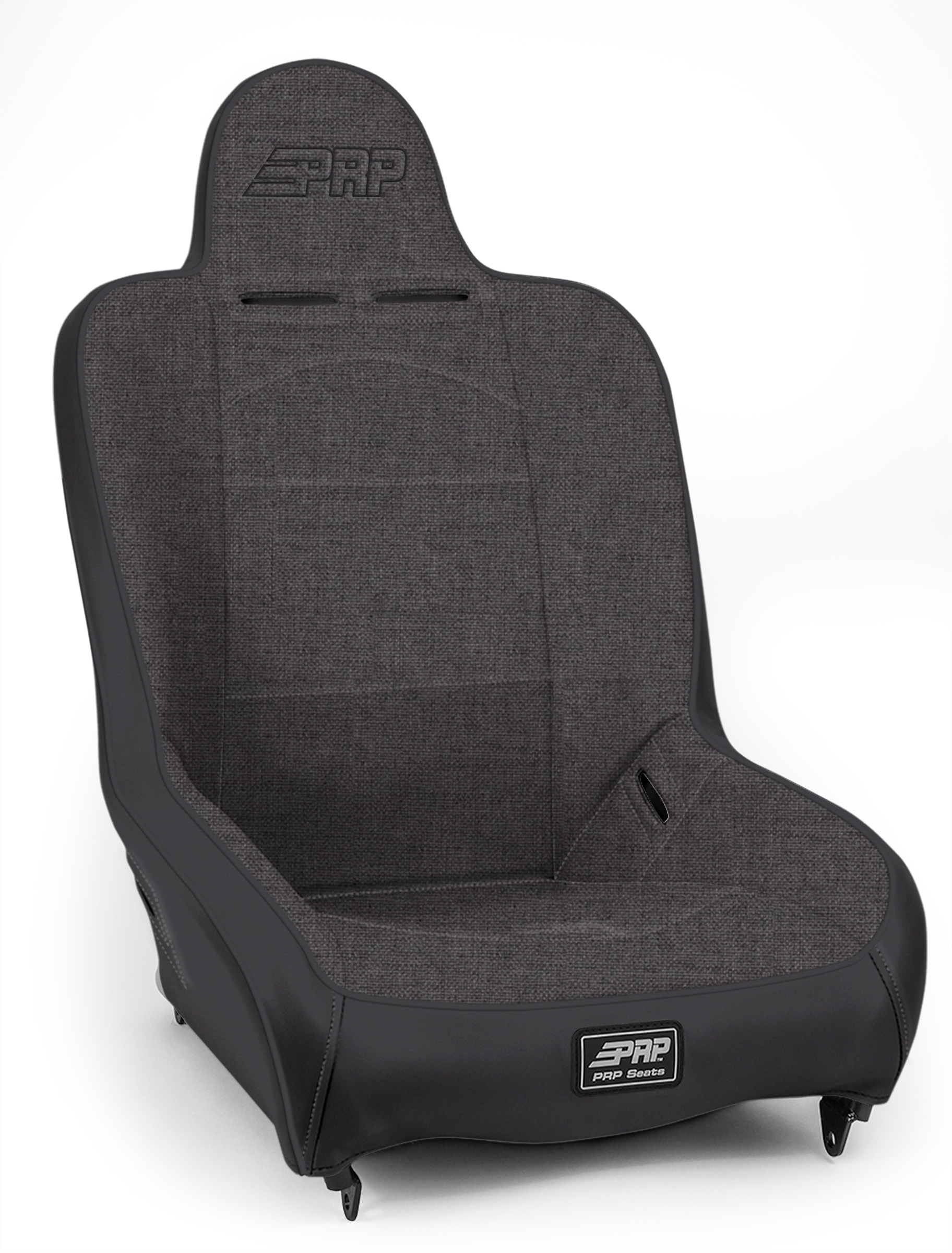 Features & Benefits
Features & Benefits-
Medium Containment: Stay contained in your seat with raised side bolsters that can handle any style of driving
-
Lap-Belt Harness Openings: Keep your belts close by with our designated harness lap belt opening. No more finishing for all the harness points
-
Relieve Back Pain: Built in lumbar support foam for ample comfort for the fun times ahead
-
Drive Harder, Faster, & Safer: Drive with confidence that you’ll stay in your seat no matter what life throws at you.
-
-
Podium Elite
Our Ultimate Suspension Race Seat/h4>
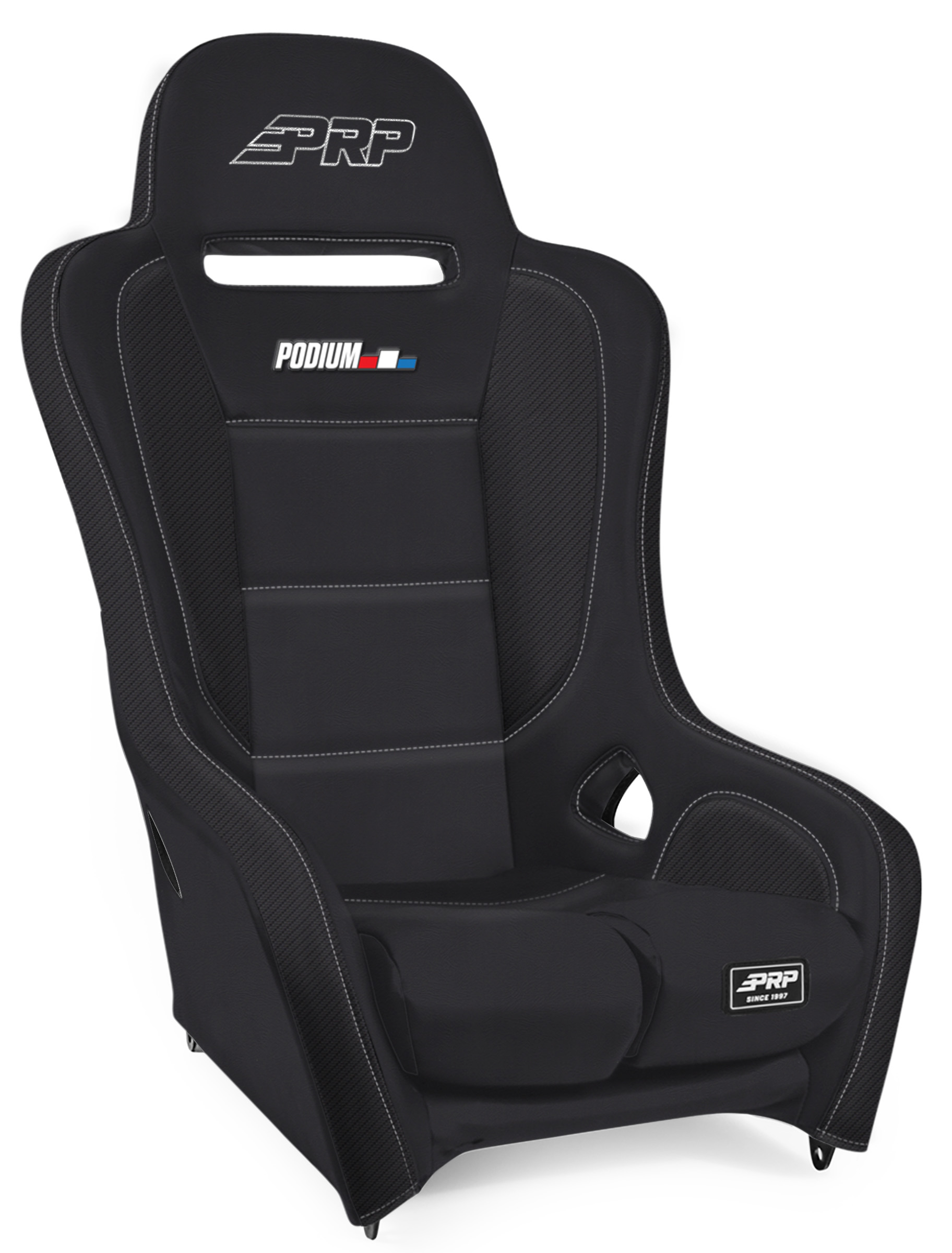 Features & Benefits
Features & Benefits
-
High Containment: Expect to stay secure and confident while out there racing or crawling any terrain
-
Removable Seat Cushion: Easy to clean and allows mud,water, and sand to drain through the bottom of the seat
-
Relieve Back Pain: Built in lumbar support foam for ample comfort for the fun times ahead
-
Drive Harder, Faster, & Safer: Drive with confidence that you’ll stay in your seat no matter what life throws at you.
-
-
Comp Elite Elite
Competition Containment For Versatile Uses/h4>
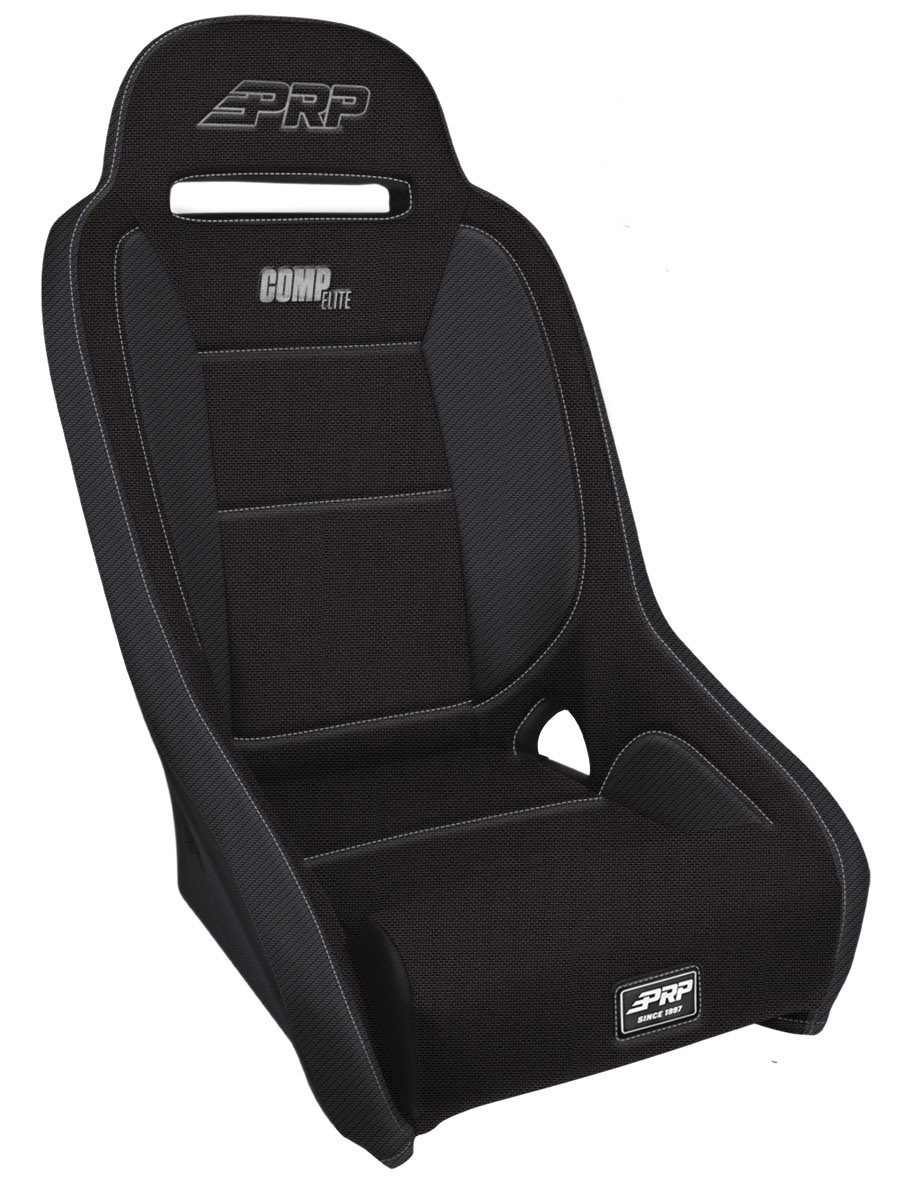 Features & Benefits
Features & Benefits-
High Containment: Expect to stay secure and confident while out there racing or crawling any terrain
-
Removable Seat Cushion: Easy to clean and allows mud,water, and sand to drain through the bottom of the seat
-
Relieve Back Pain: Built in lumbar support foam for ample comfort for the fun times ahead
-
Drive Harder, Faster, & Safer: Drive with confidence that you’ll stay in your seat no matter what life throws at you.
-
-
Contour
The Ultimate Suspension Seat
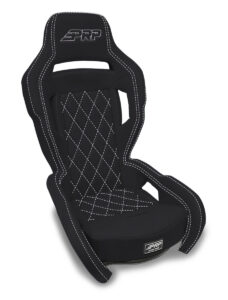 Features & Benefits
Features & Benefits- FlexFoam: New 3 Layer Gel Infused Cushion that is made to elevate your comfort
-
High Containment: Expect to stay secure and confident while out there racing or crawling any terrain
-
Removable Seat Cushion: Easy to clean and allows mud,water, and sand to drain through the bottom of the seat
-
Relieve Back Pain: Built in lumbar support foam for ample comfort for the fun times ahead
-
Drive Harder, Faster, & Safer: Drive with confidence that you’ll stay in your seat no matter what life throws at you.
-
Mounts & Adapters
Adapt Your PRP Seat To Your Vehicle
 Features & Benefits
Features & Benefits-
Onyx-Coateds: Powder-coated onyx-black to prevent deterioration from the elements
-
EZ-Install: Our mounts either align to the OEM trolley system or are full replacements and line up with ease
-
Guaranteed Fit: Expertly designed to fit your vehicle application
-
-
All Custom Fixed Back Seats
Customize Your Seats, Your Way!
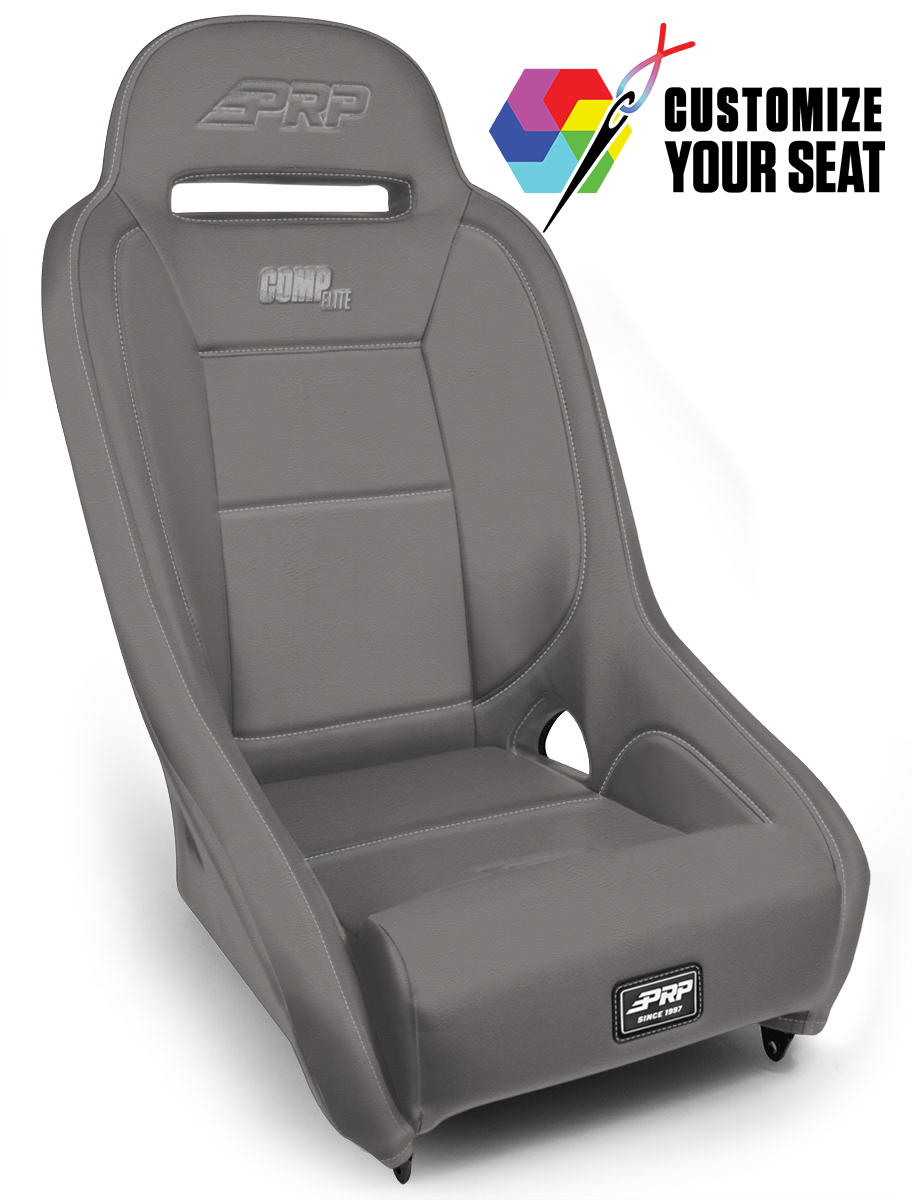 Features & Benefits
Features & Benefits-
Unique Styling: Customize with an industry leading amount of colors and options to make it yours
-
Heated & Cooled Option: Try our new heated and cooled feature to select seats and see what the hype is all about
-
Ride On The Trails Longer: Experience less body fatigue on long rides with integrated suspension within the seat
-
Drive Harder, Faster, & Safer: Drive with confidence that you’ll stay in your seat no matter what life throws at you.
-
-
Daily Driver Series
The Perfect Seat That Can Be Used Everywhere
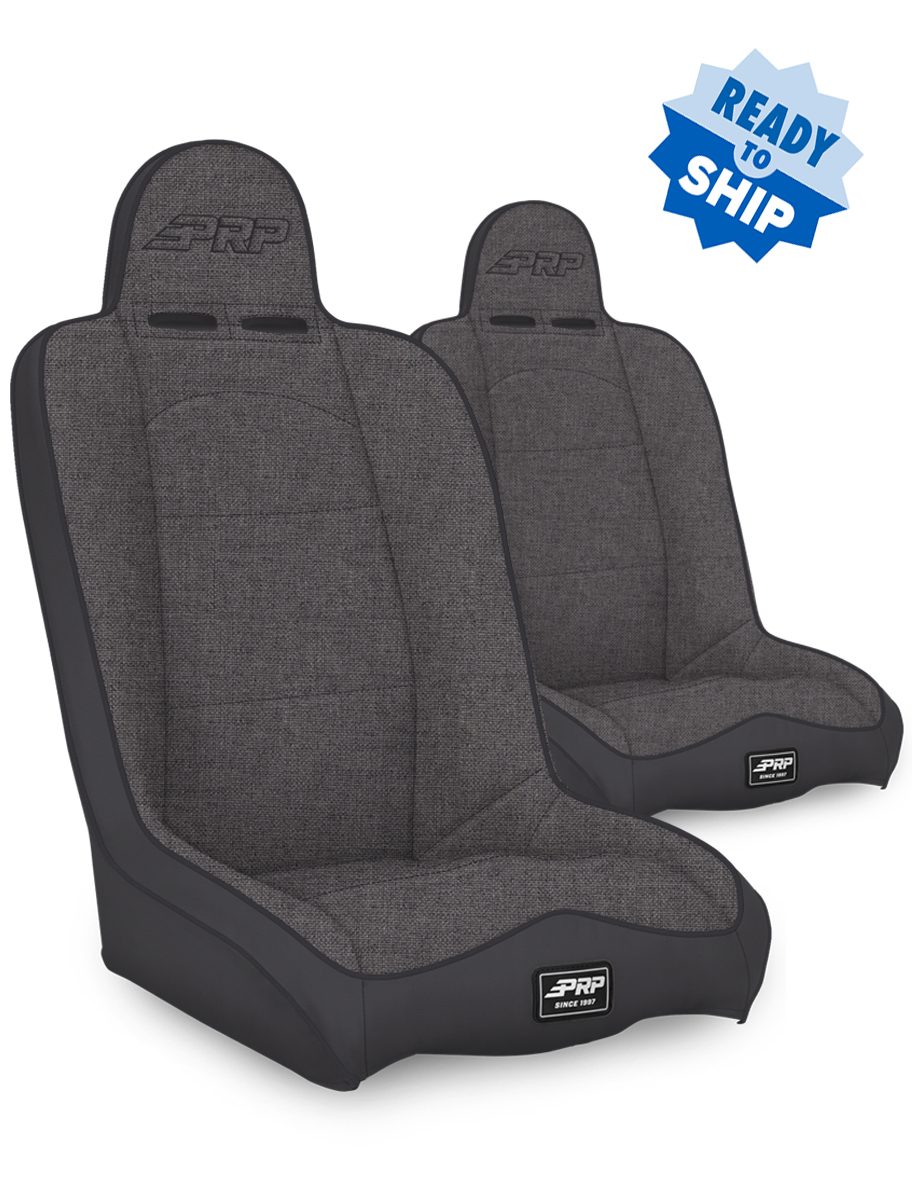 Features & Benefits
Features & Benefits-
Low Side Bolsters: Get in and out of your vehicle with ease
-
Angled Headrest: Forward angled headrest for better head support for daily driving
-
Relieve Back Pain: Built in lumbar support foam for ample comfort for the fun times ahead
-
Drive Harder, Faster, & Safer: Drive with confidence that you’ll stay in your seat no matter what life throws at you.
-
-
-
- Benches
-
-
-
Jeep Benches
The Perfect Benches For Your Jeep
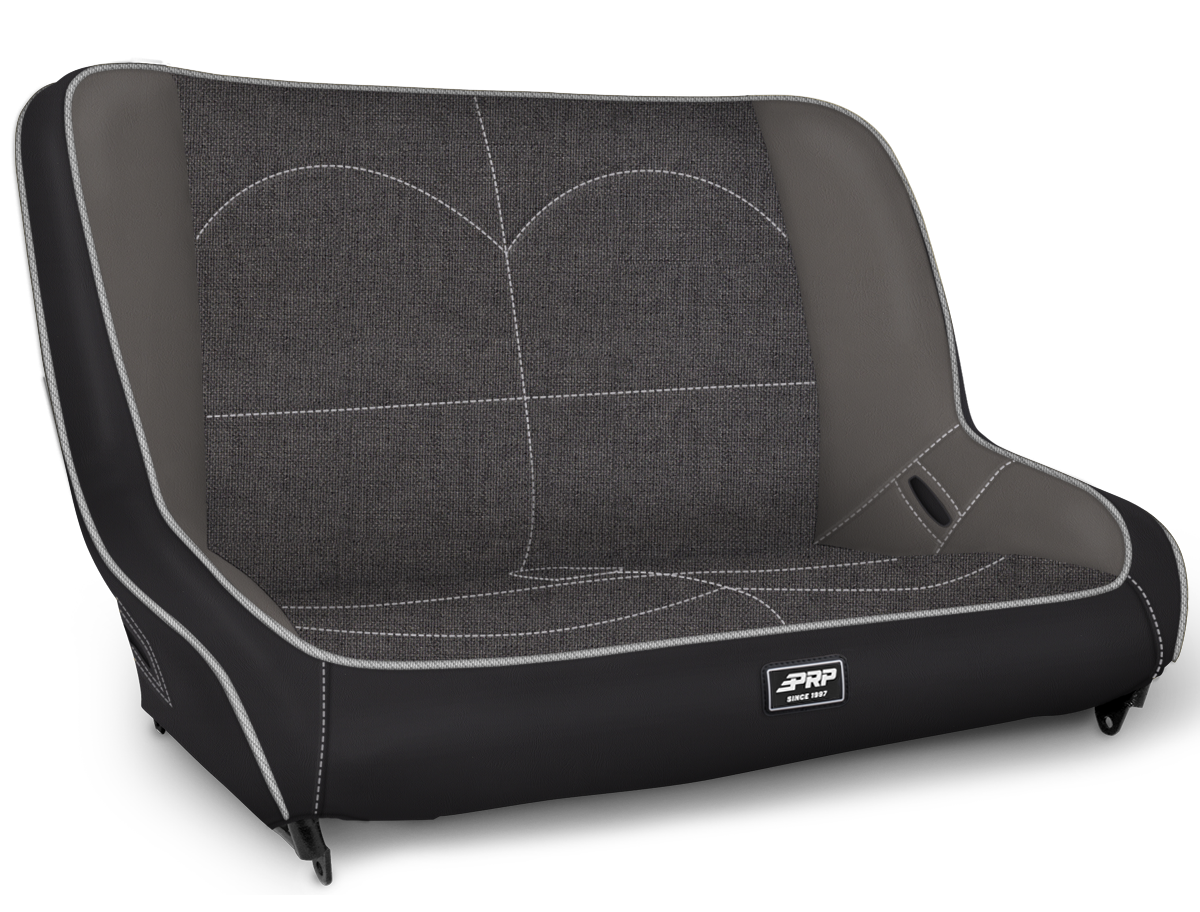 Features & Benefits
Features & Benefits-
Customizable Length: Pick the proper length needed in your Jeep
-
Customize It Your Way: Choose from an industry leading amount of colors and options to truly make it yours
-
Relieve Back Pain: Built in lumbar support foam for ample comfort for the fun times ahead
-
Drive Harder, Faster, & Safer: Drive with confidence that you’ll stay in your seat no matter what life throws at you.
-
-
Universal Benches
The Perfect Benches For Your Projects
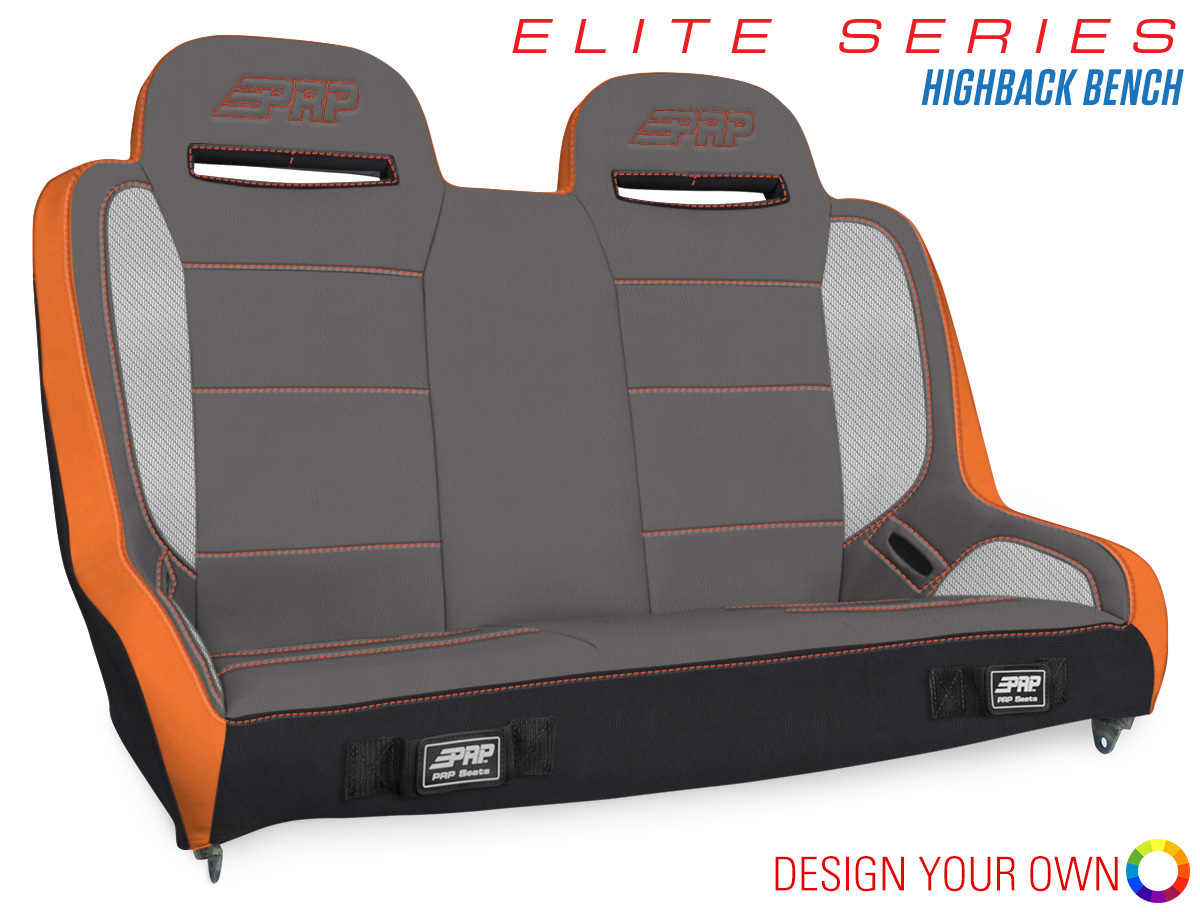 Features & Benefits
Features & Benefits-
Customizable Length: Pick the proper length needed in your Jeep
-
Customize It Your Way: Choose from an industry leading amount of colors and options to truly make it yours
-
Relieve Back Pain: Built in lumbar support foam for ample comfort for the fun times ahead
-
Drive Harder, Faster, & Safer: Drive with confidence that you’ll stay in your seat no matter what life throws at you.
-
-
Mounts & Adapters
Adapt Your PRP Seat To Your Vehicle
 Features & Benefits
Features & Benefits-
Onyx-Coateds: Powder-coated onyx-black to prevent deterioration from the elements
-
EZ-Install: Our mounts either align to the OEM trolley system or are full replacements and line up with ease
-
Guaranteed Fit: Expertly designed to fit your vehicle application
-
-
-
- Competition/Race
-
-
-
Alpha Series
The First Composite Racing Seat Built for Off-Road/h4>
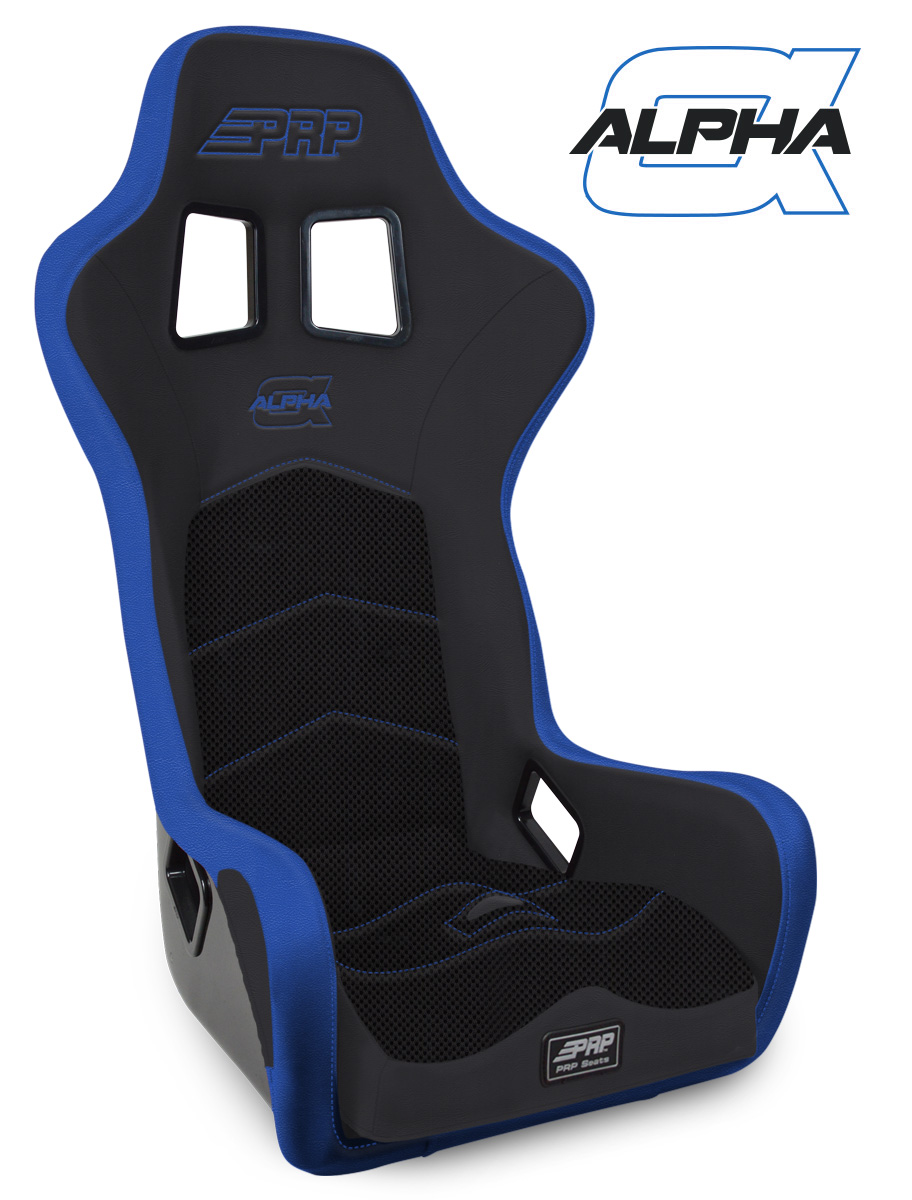 Features & Benefits
Features & Benefits-
High Containment: Expect to stay secure and confident while out there racing or crawling any terrain
-
Dual Foam: Injected molded foam with high impact density cushion insert
-
Improved Vehicle Feedback: Composite seats allow for increased feeling of vehicle dynamics
-
Drive Harder, Faster, & Safer: Drive with confidence that you’ll stay in your seat no matter what life throws at you.
-
-
-
- Marine
-
-
-
Hydro Boat Seats
Add Style & Comfort To Your Boat
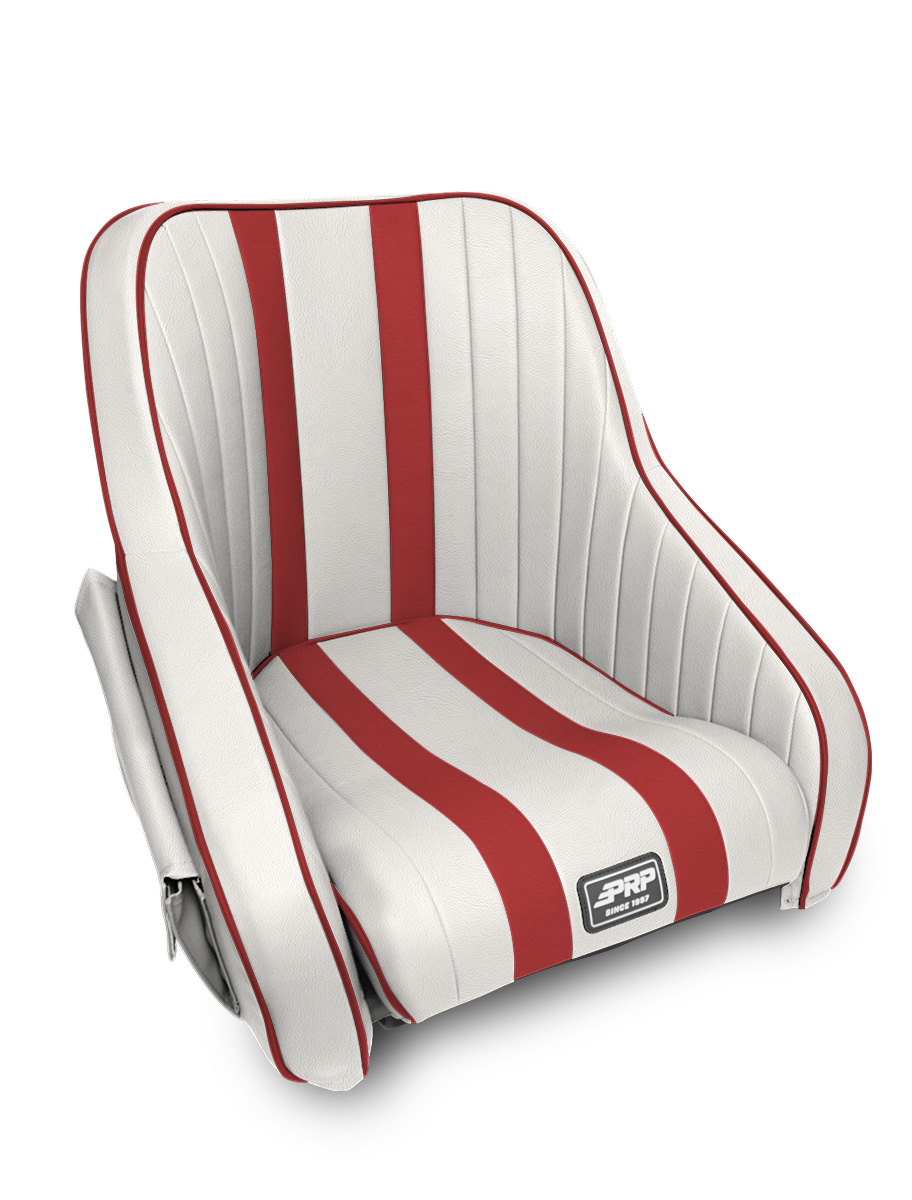 Features & Benefits
Features & Benefits-
Shock Absorbtion: Suspension seat design that helps absorb any hard hits from chop
-
Versatile Fit: Perfect for river boats, lake boats, aluminum jet boats, and more.
-
Resistant Materials: Thick foam padding that is moisture and mold resistant.
-
Water Drainage: Removable cushion allows water to drain out the bottom of the seat
-
-
Rapid Boat Seats
Add Style & Comfort To Your Bass Boat
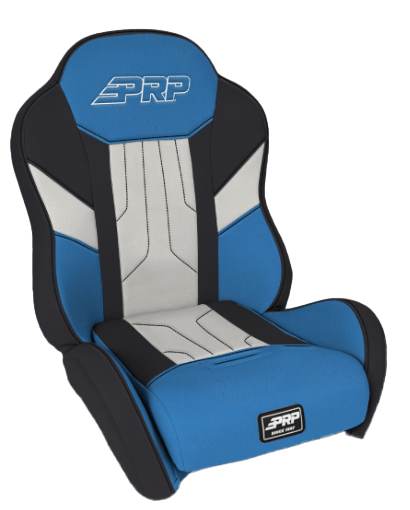 Features & Benefits
Features & Benefits-
Shock Absorbtion: Suspension seat design that helps absorb any hard hits from chop
-
Versatile Fit: Perfect for bass boats, lake boats, aluminum jet boats, and more.
-
Resistant Materials: Thick foam padding that is moisture and mold resistant.
-
Water Drainage: Removable cushion allows water to drain out the bottom of the seat
-
-
Hydro Boat Benches
Bench Sizes From 36″ to 70″
 Features & Benefits
Features & Benefits-
Shock Absorbtion: Suspension seat design that helps absorb any hard hits from chop
-
Versatile Fit: Perfect for river boats, lake boats, aluminum jet boats, and more.
-
Resistant Materials: Thick foam padding that is moisture and mold resistant.
-
Water Drainage: Removable cushion allows water to drain out the bottom of the seat
-
-
Mounts & Adapters
Adapt Your PRP Seat To Your Boat
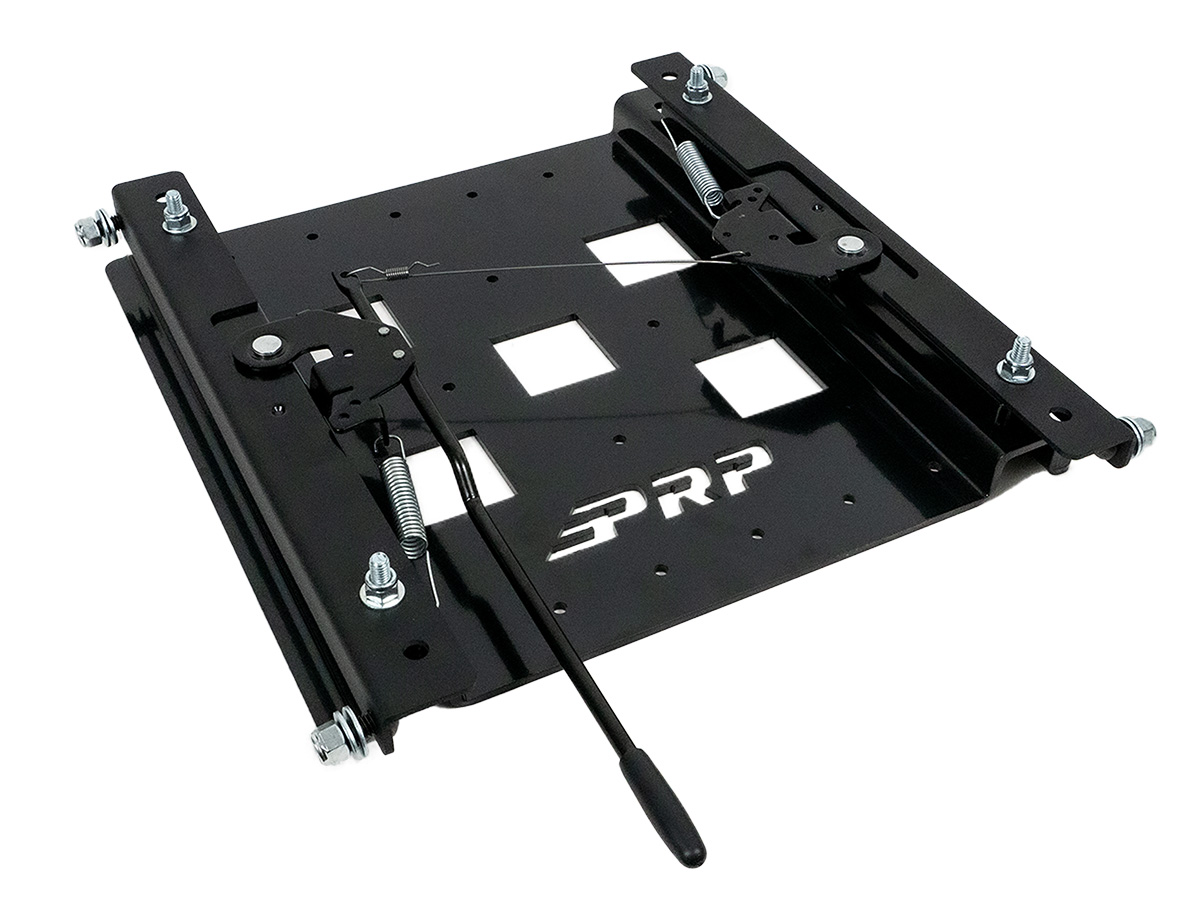 Features & Benefits
Features & Benefits-
Onyx-Coateds: Powder-coated onyx-black to prevent deterioration from the elements
-
EZ-Install: Our mounts either align to the OEM trolley system or are full replacements and line up with ease
-
Guaranteed Fit: Expertly designed to fit your vehicle application
-
-
-
- Slingshot
- UTV
- Seat Covers
- Jeep
-
-
-
Jeep JK Seat Covers
Protect & Stylize Your Interior
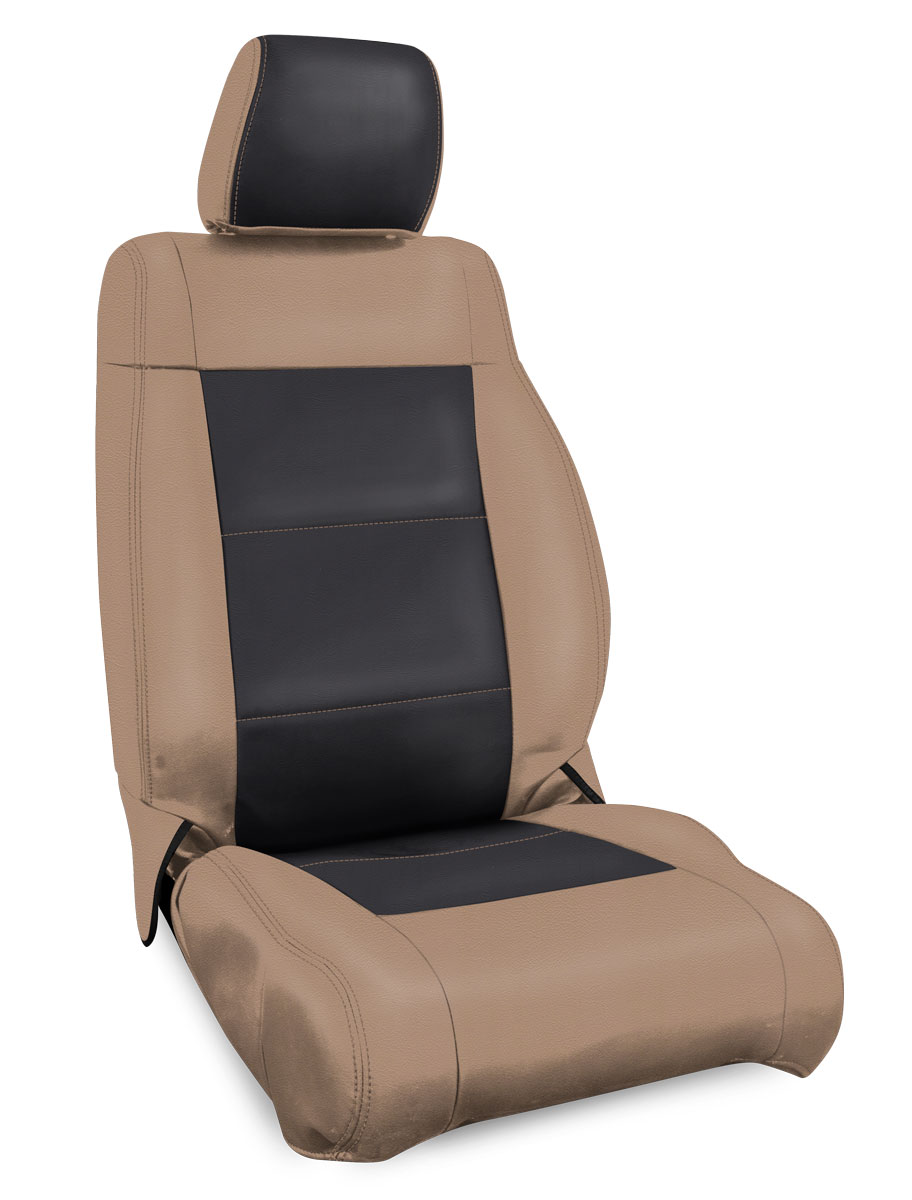 Features & Benefits
Features & Benefits-
Safety Compliant: Fully Compatible with oem seat features, including heaters and side airbags
-
Flawless Fit: Precision engineered for the perfect fitment over the OEM upholstery.
-
Personalized Style: Customize with our extensive selection of colors and stitching options.
-
Verified Protection: Protect your OEM interior with stylish and rugged seat covers built to last
-
-
Jeep JL Seat Covers
Protect & Stylize Your Interior
 Features & Benefits
Features & Benefits-
Safety Compliant: Fully Compatible with oem seat features, including heaters and side airbags
-
Flawless Fit: Precision engineered for the perfect fitment over the OEM upholstery.
-
Personalized Style: Customize with our extensive selection of colors and stitching options.
-
Verified Protection: Protect your OEM interior with stylish and rugged seat covers built to last
-
-
Jeep JT Seat Covers
Protect & Stylize Your Interior
 Features & Benefits
Features & Benefits-
Safety Compliant: Fully Compatible with oem seat features, including heaters and side airbags
-
Flawless Fit: Precision engineered for the perfect fitment over the OEM upholstery.
-
Personalized Style: Customize with our extensive selection of colors and stitching options.
-
Verified Protection: Protect your OEM interior with stylish and rugged seat covers built to last
-
-
-
- Toyota
-
-
-
Toyota 4Runner Seat Covers
Protect & Stylize Your Interior
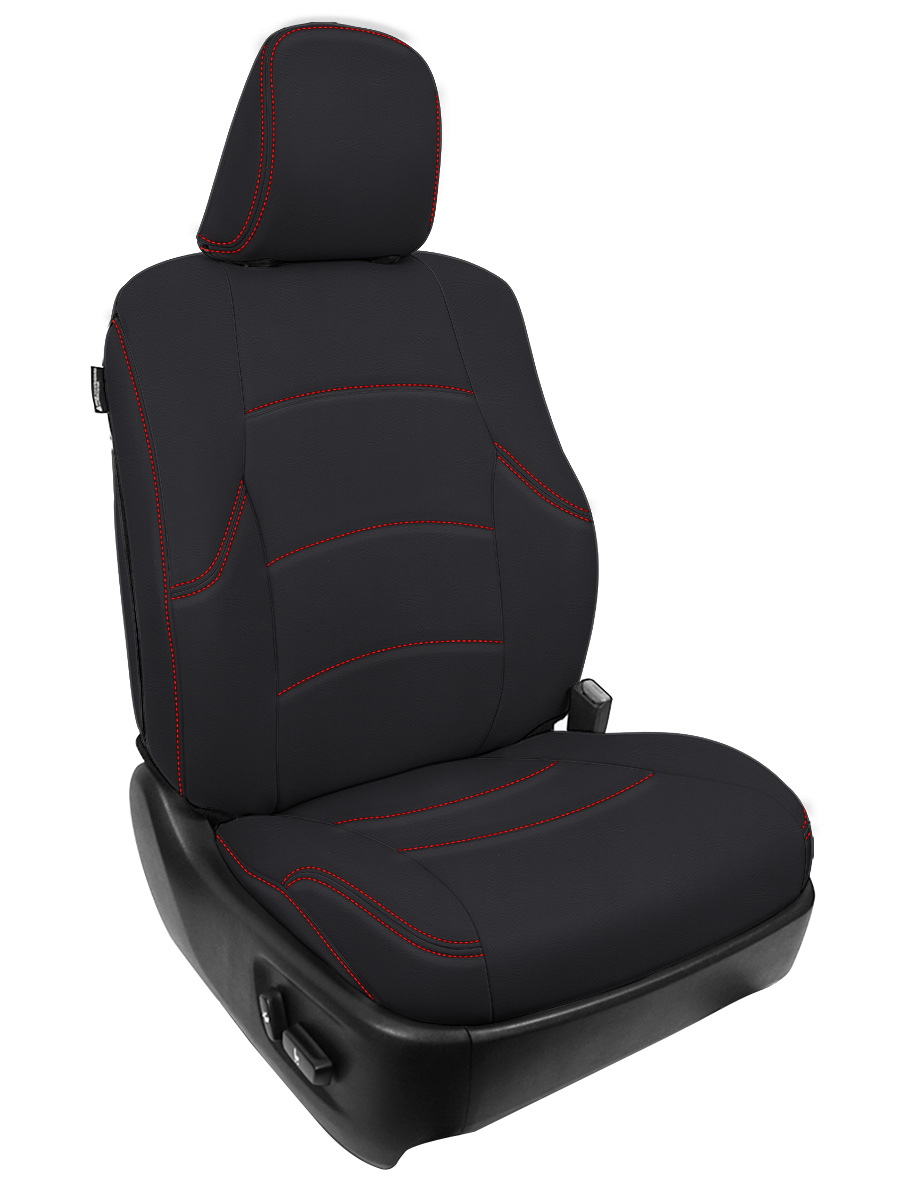 Features & Benefits
Features & Benefits-
Safety Compliant: Fully Compatible with oem seat features, including heaters and side airbags
-
Flawless Fit: Precision engineered for the perfect fitment over the OEM upholstery.
-
Personalized Style: Customize with our extensive selection of colors and stitching options.
-
Verified Protection: Protect your OEM interior with stylish and rugged seat covers built to last
-
-
Toyota Tacoma Seat Covers
Protect & Stylize Your Interior
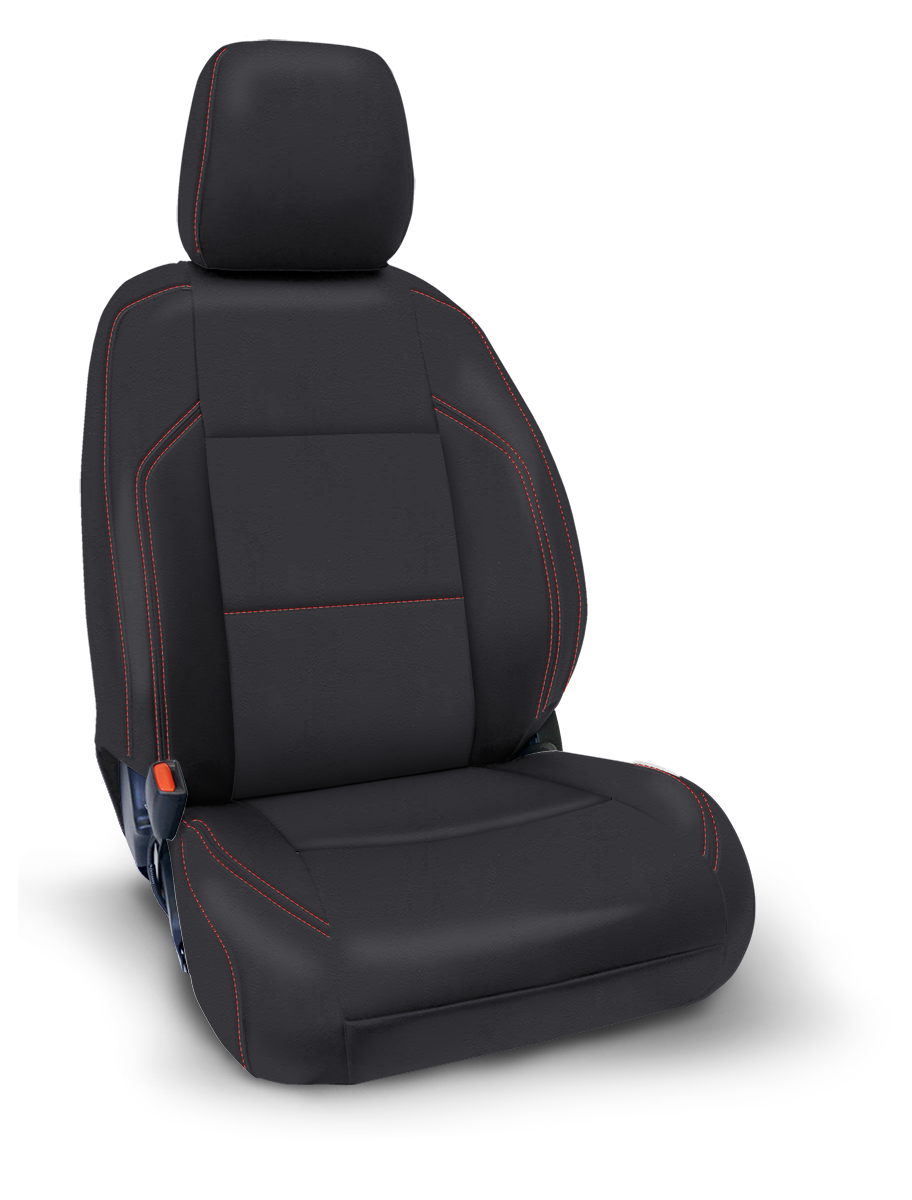 Features & Benefits
Features & Benefits-
Safety Compliant: Fully Compatible with oem seat features, including heaters and side airbags
-
Flawless Fit: Precision engineered for the perfect fitment over the OEM upholstery.
-
Personalized Style: Customize with our extensive selection of colors and stitching options.
-
Verified Protection: Protect your OEM interior with stylish and rugged seat covers built to last
-
-
-
- Mercedes
-
-
-
Mercedes Sprinter Seat Covers
Protect & Stylize Your Interior
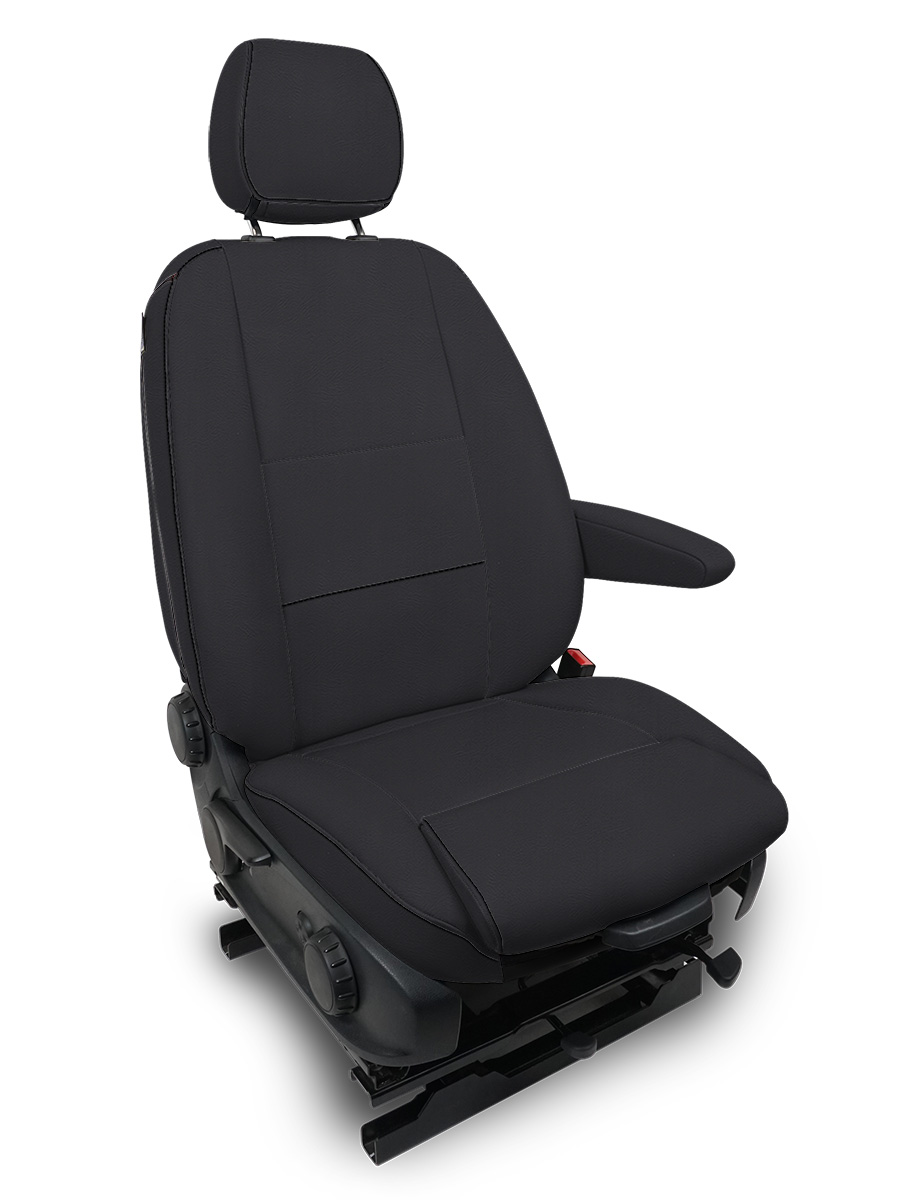 Features & Benefits
Features & Benefits-
Safety Compliant: Fully Compatible with oem seat features, including heaters and side airbags
-
Flawless Fit: Precision engineered for the perfect fitment over the OEM upholstery.
-
Personalized Style: Customize with our extensive selection of colors and stitching options.
-
Verified Protection: Protect your OEM interior with stylish and rugged seat covers built to last
-
-
-
- Ford
-
-
-
Ford Bronco Seat Covers
Protect & Stylize Your Interior
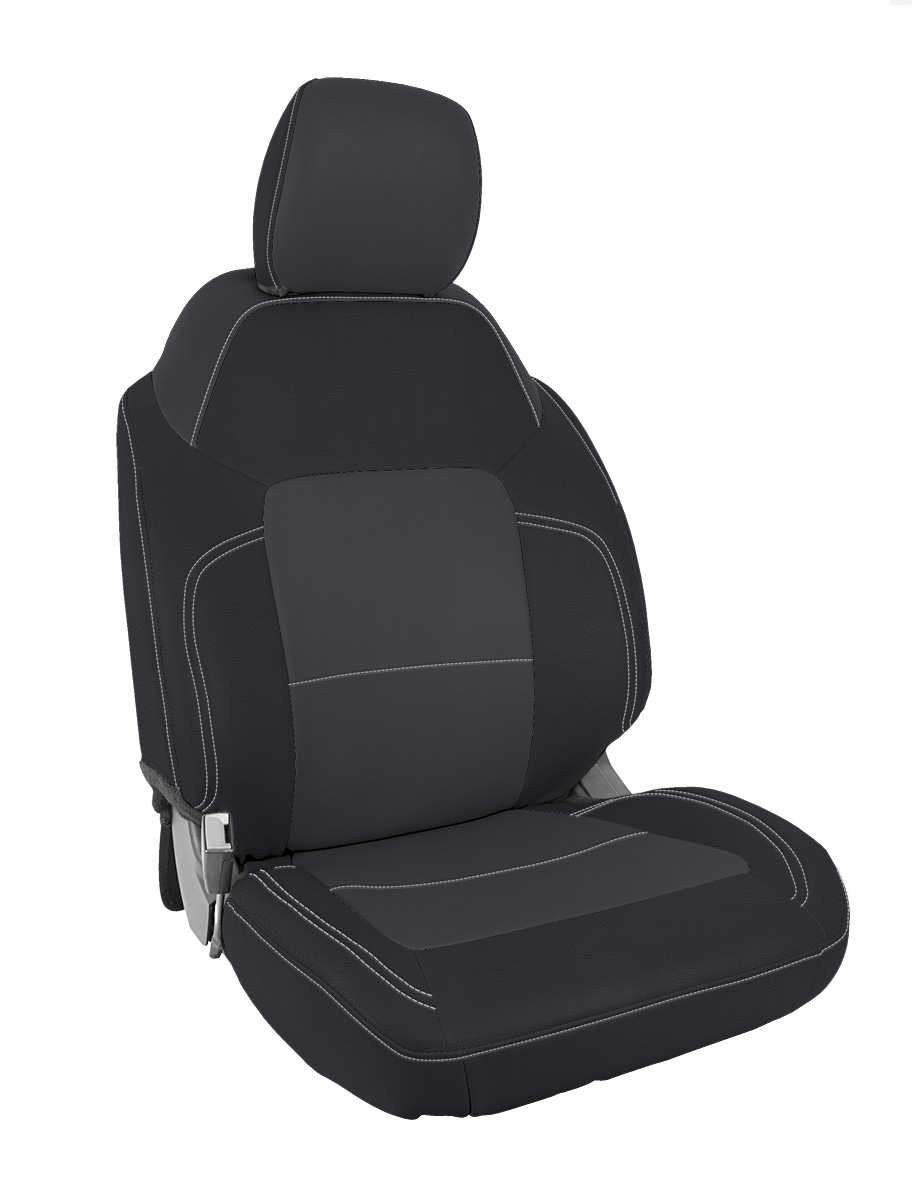 Features & Benefits
Features & Benefits-
Safety Compliant: Fully Compatible with oem seat features, including heaters and side airbags
-
Flawless Fit: Precision engineered for the perfect fitment over the OEM upholstery.
-
Personalized Style: Customize with our extensive selection of colors and stitching options.
-
Verified Protection: Protect your OEM interior with stylish and rugged seat covers built to last
-
-
Ford Raptor Seat Covers
Protect & Stylize Your Interior
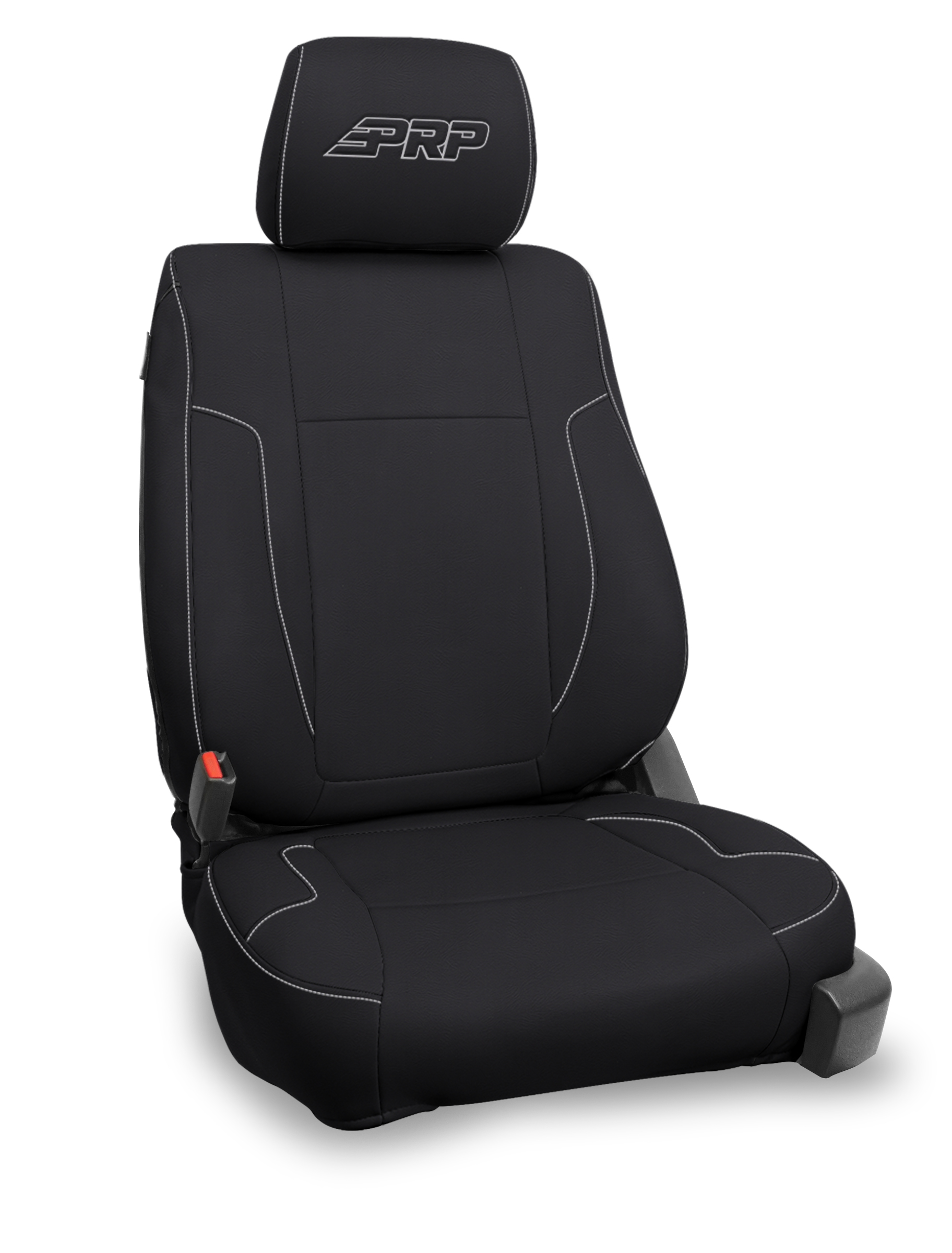 Features & Benefits
Features & Benefits-
Safety Compliant: Fully Compatible with oem seat features, including heaters and side airbags
-
Flawless Fit: Precision engineered for the perfect fitment over the OEM upholstery.
-
Personalized Style: Customize with our extensive selection of colors and stitching options.
-
Verified Protection: Protect your OEM interior with stylish and rugged seat covers built to last
-
-
-
- Subaru
-
-
-
Subaru CrossTrek Seat Covers
Protect & Stylize Your Interior
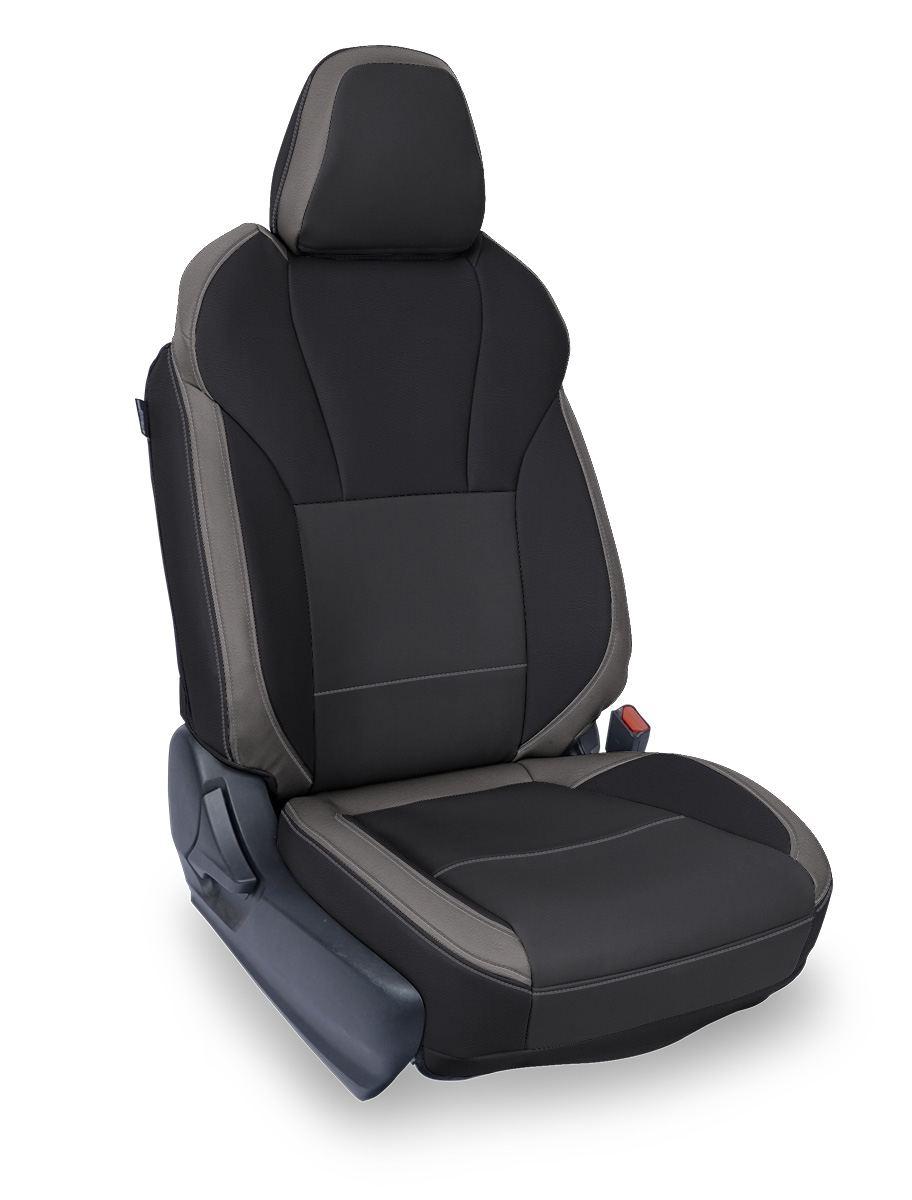 Features & Benefits
Features & Benefits-
Safety Compliant: Fully Compatible with oem seat features, including heaters and side airbags
-
Flawless Fit: Precision engineered for the perfect fitment over the OEM upholstery.
-
Personalized Style: Customize with our extensive selection of colors and stitching options.
-
Verified Protection: Protect your OEM interior with stylish and rugged seat covers built to last
-
-
Subaru Outback Seat Covers
Protect & Stylize Your Interior
 Features & Benefits
Features & Benefits-
Safety Compliant: Fully Compatible with oem seat features, including heaters and side airbags
-
Flawless Fit: Precision engineered for the perfect fitment over the OEM upholstery.
-
Personalized Style: Customize with our extensive selection of colors and stitching options.
-
Verified Protection: Protect your OEM interior with stylish and rugged seat covers built to last
-
-
-
- UTV
-
-
-
Can-AM Seat Covers
Protect & Stylize Your Interior
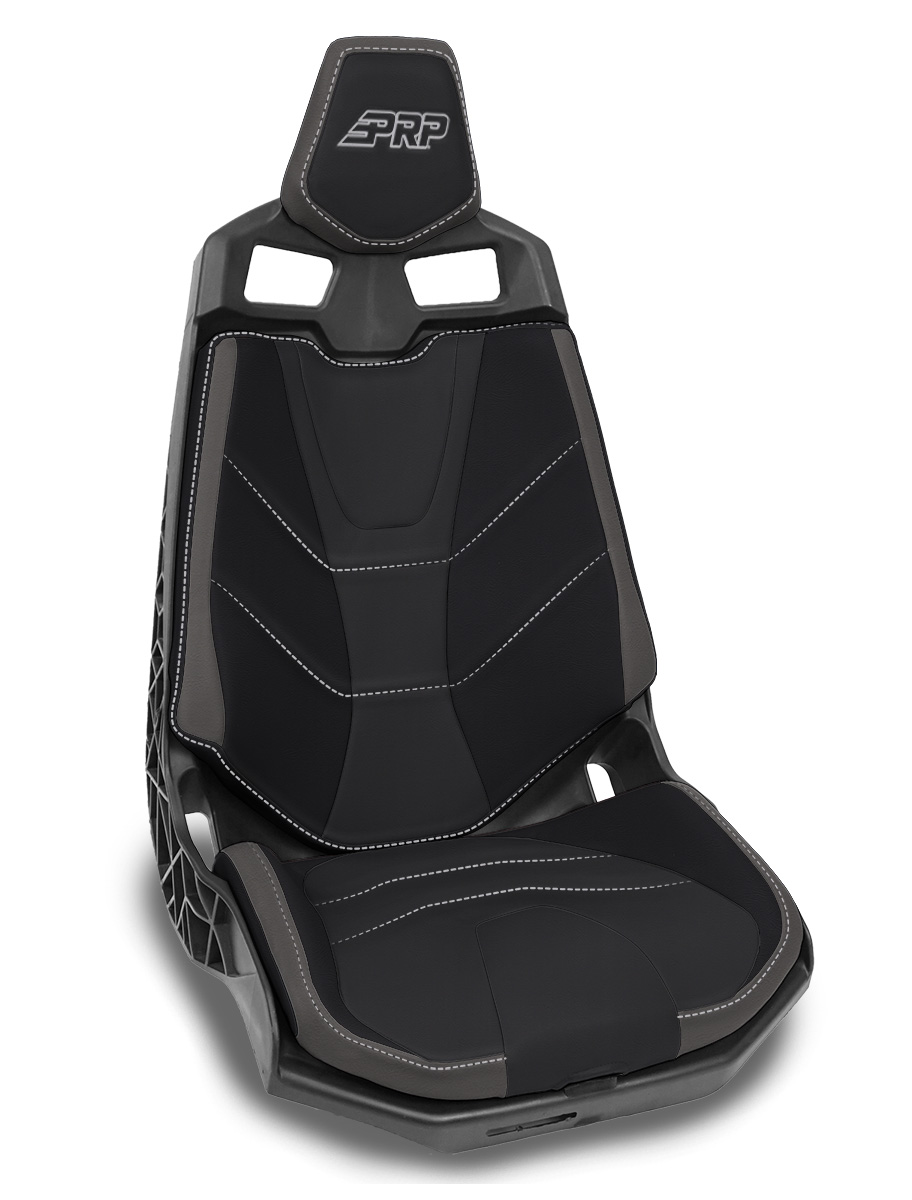 Features & Benefits
Features & Benefits-
Safety Compliant: Fully Compatible with oem seat features, including heaters and side airbags
-
Flawless Fit: Precision engineered for the perfect fitment over the OEM upholstery.
-
Personalized Style: Customize with our extensive selection of colors and stitching options.
-
Verified Protection: Protect your OEM interior with stylish and rugged seat covers built to last
-
-
Polaris Seat Covers
Protect & Stylize Your Interior
 Features & Benefits
Features & Benefits-
Safety Compliant: Fully Compatible with oem seat features, including heaters and side airbags
-
Flawless Fit: Precision engineered for the perfect fitment over the OEM upholstery.
-
Personalized Style: Customize with our extensive selection of colors and stitching options.
-
Verified Protection: Protect your OEM interior with stylish and rugged seat covers built to last
-
-
-
- Slingshot
- Seat Cover Guides
- Jeep
- Harnesses
- Harnesses
-
-
-
Limited Edition Harnesses
Add Safety & Comfort To Your Vehicle
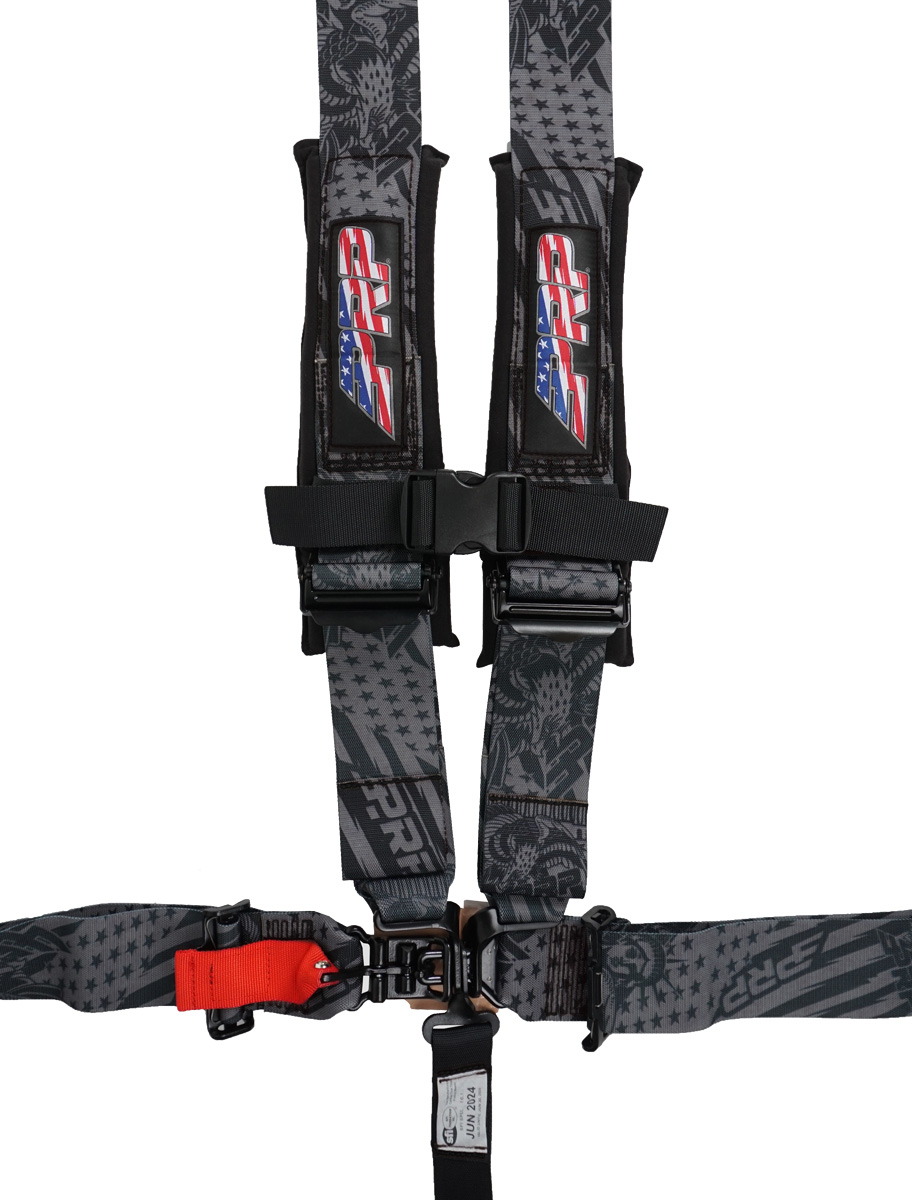 Features & Benefits
Features & Benefits-
EZ-Adjusters: Allow for easy adjustment on your shoulders to quickly alllow improved reach
-
ComfortPads: Padded shoulder straps for increased comfort and reduced neck rashes
-
Elevated Engagement: Improved driving experience with increased comfort and security
-
Elevated Comfort: Enjoy your adventures longer with less body fatigue
-
-
4-Point Harnesses
Add Safety & Comfort To Your Vehicle
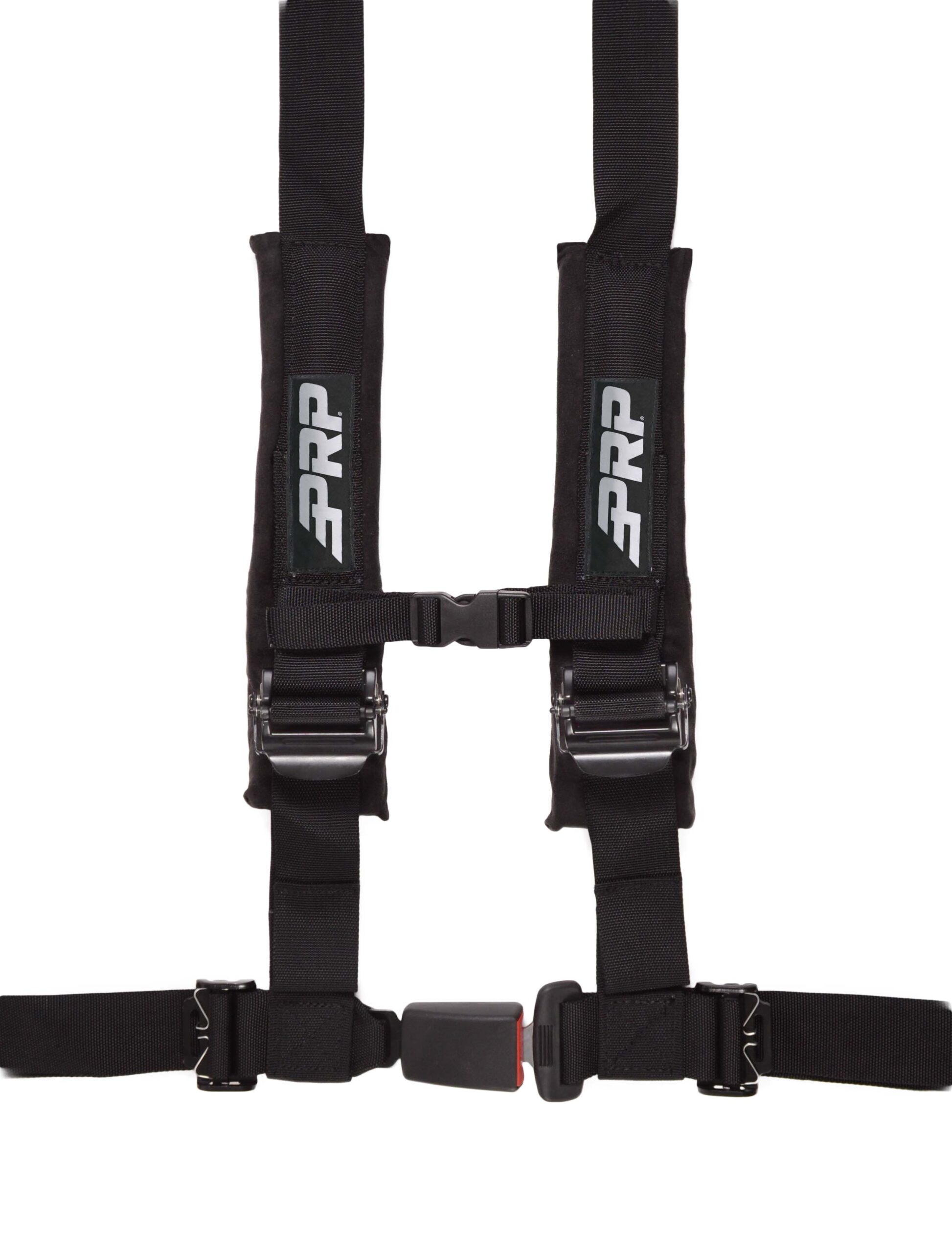 Features & Benefits
Features & Benefits-
EZ-Adjusters: Allow for easy adjustment on your shoulders to quickly alllow improved reach
-
ComfortPads: Padded shoulder straps for increased comfort and reduced neck rashes
-
Elevated EngagementImproved driving experience with increased comfort and security
-
Elevated Comfort: Enjoy your adventures longer with less body fatigue
-
-
5-Point Harnesses
SFI Certified & Ready For Fun
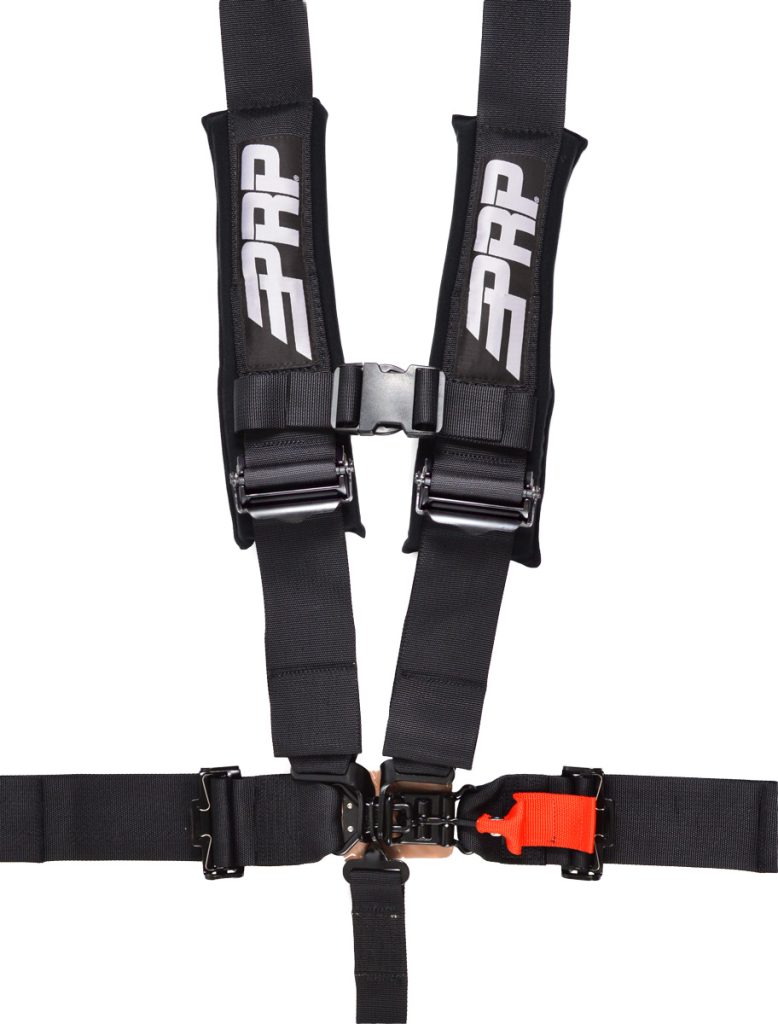 Features & Benefits
Features & Benefits-
EZ-Adjusters: Allow for easy adjustment on your shoulders to quickly alllow improved reach
-
ComfortPads: Padded shoulder straps for increased comfort and reduced neck rashes
-
Elevated EngagementImproved driving experience with increased comfort and security
-
Elevated Comfort: Enjoy your adventures longer with less body fatigue
-
-
Racing Harnesses
SFI Certified & Ready For First Place
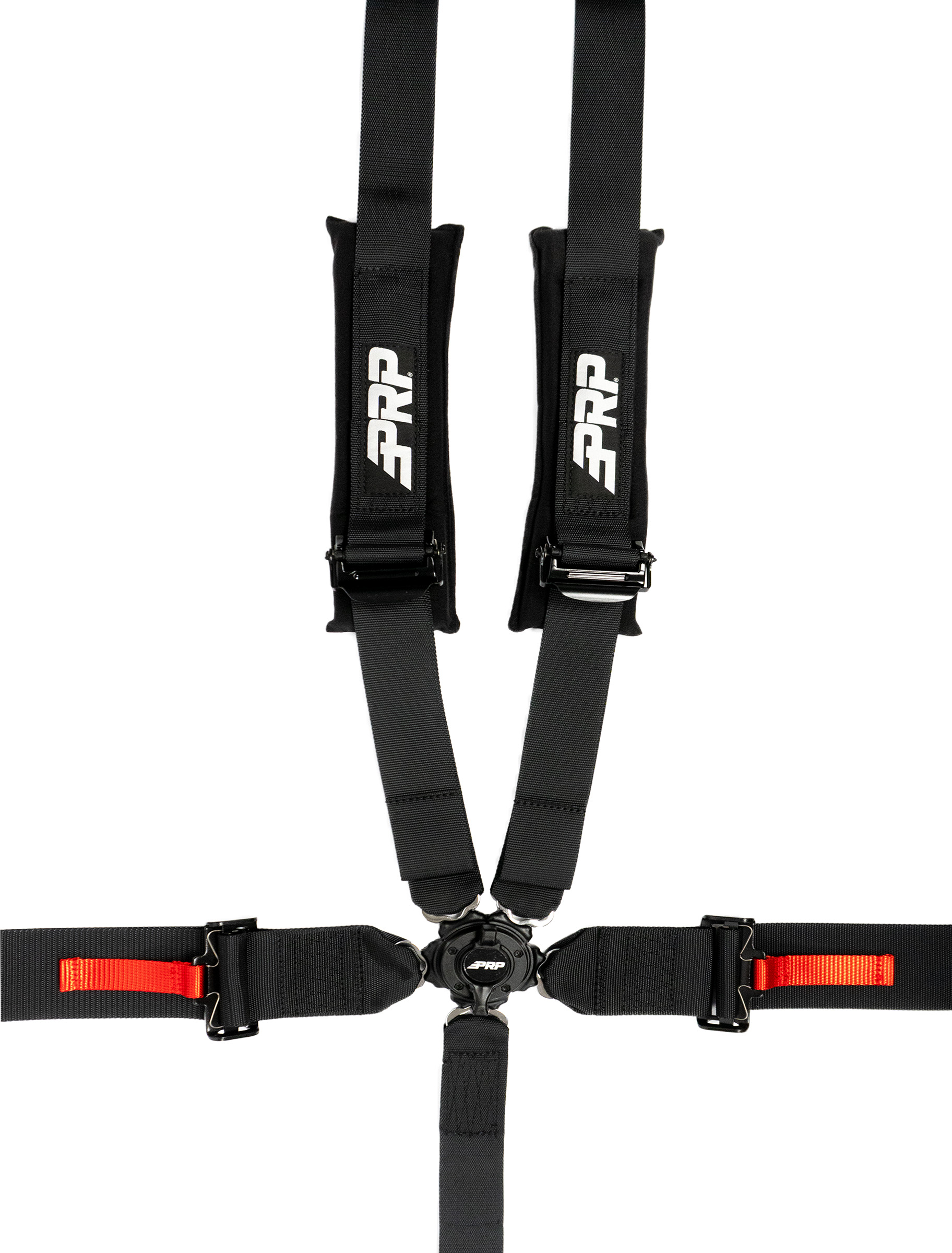 Features & Benefits
Features & Benefits-
EZ-Adjusters: Dust resistant seals prevent dirt and grime from entering the cam-lock mechanism
-
Removable ComfortPads: Padded shoulder straps for pre-running but can be removed for when it’s race day to support a HANS device or similar neck restraint
-
Elevated Engagement: Improved driving experience with increased comfort and security
-
Drive Harder, Faster, Safer: Drive with confidence knowing that you’ll be ready for whatever the race throws at you
-
-
Harness Accessories
Tailor Your Harness How You Like Them
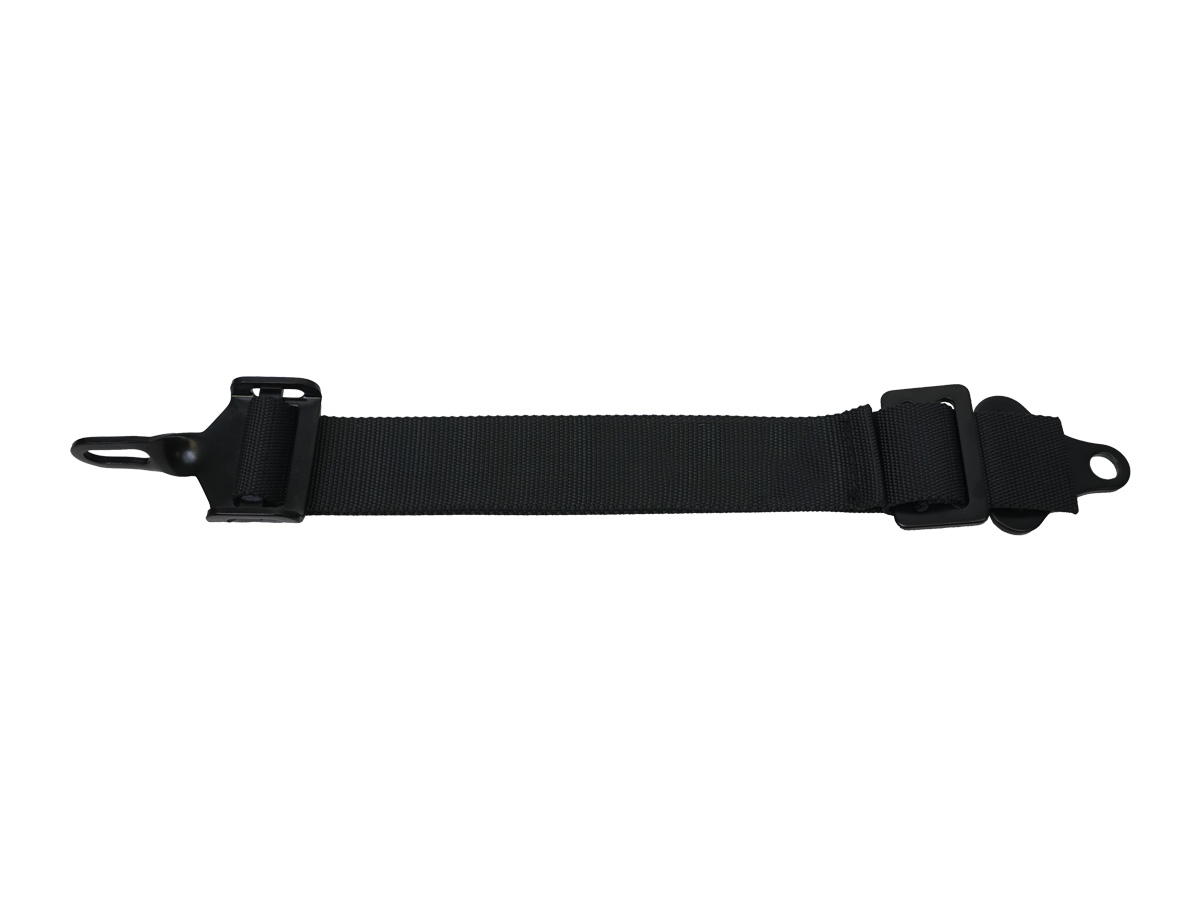 Features & BenefitsDrive Harder, Faster, Safer: Drive with confidence knowing that you’ll be ready for whatever the race throws at you
Features & BenefitsDrive Harder, Faster, Safer: Drive with confidence knowing that you’ll be ready for whatever the race throws at you
-
-
- Harnesses
- Storage
- UTV Storage
-
-
-
Polaris Storage
Add Convenience & Security To Your Polaris UTV/h4>
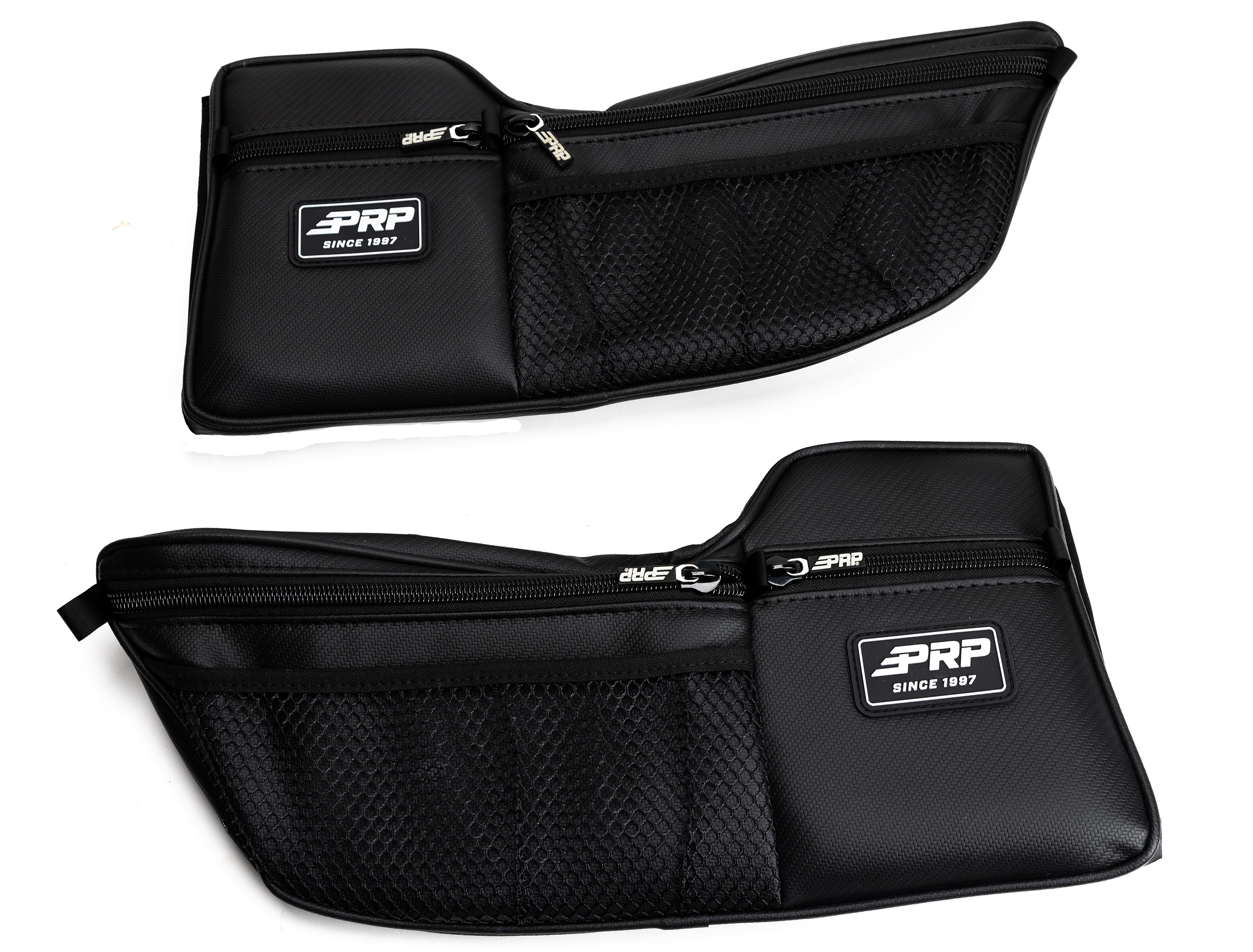 Features & Benefits
Features & Benefits
-
Heavy Duty Rubber Zippers: Keeps items enclosed and secure inside the bag without the zipper coming loose
-
Puncture Resistant: Made with durable vinyl coated nylon and vinyl
-
SecureLock: Store a variety of personal belongings with confidence
-
Convenience: Great for water, goggles, glasses, keys and more
-
-
-
- Vehicle Storage
- Universal Storage
- UTV Storage
- Accessories
- SpeedStrap
- Apparel
- Resources








